|
Read my latest article for Santé Magazine about the wines of Croatia. Click the link below.
https://santemagazine.com/wines-of-croatia-an-overview/ Yes, we are making a quick stop to the heart of Douro Valley again to revisit Quinta do Crasto and review three delicious wines! Here is a re-cap of Quinta do Crasto from a previous article. Quinta do Crasto is a fourth-generation, family-run business that has been in the family of Leonor and Jorge Roquette for more than 100 years. It is also one of the oldest winemaking estates in the Douro region of Portugal. The earliest written records mentioning Quinta do Crasto and its wine production date back to 1615. One hundred forty years later, in 1756, the Douro became the first-ever demarcated and regulated wine region in the world. And in 2001, UNESCO sanctioned the Douro region as a World Heritage site. Quinta do Crasto is headquartered in the heart of Douro Valley, in Gouvinhas, a municipality of Sabrosa, and is one of the most picturesque parts of the Douro. With the help of Jorge and Leonor’s sons, Miguel and Tomás, and daughter, Rita, they produce top-quality Douro DOC wines, in addition to port and olive oil. Quinta do Crasto has four estates that spread across the sub-regions of the Douro Demarcated Region of northern Portugal. The Douro experiences a hot, continental climate, with each sub-region demonstrating its unique topography, soil, and water resources. Quinta do Crasto is a 335-acre estate of which 185 acres are planted to vines located in the Cima Corgo sub-region. Most of the vineyards are on south-facing slopes that extend from the banks of the Douro River to an altitude of almost 600 meters. The soils are of schist complex types that can absorb and retain heat. This, combined with dry conditions and excellent sun exposure, forces the roots to grow dozens of meters deep in search of water. All of these conditions contribute to the complexity and intensity of the wines produced. Small plots of old vines that total 98 acres are located on terraces with stone retaining walls to protect these older vines, some of which are a hundred years old. They recently expanded their vineyards to the Douro Superior sub-region with a new vineyard of 371 acres. So, let’s taste some wine! Crasto Superior Red 2016 Douro DOC The grapes for this blend are sourced from 15-year-old vines in the Douro Superior sub-region and are a blend of Touriga Nacional, Touriga Franca, Tinta Roriz, and Souzão. The wine is aged for approximately 12 months in French oak barrels. The color is royal purple with aromas of ripe berries, a hint of cherry, and baking spice. Dark berries, plum, licorice, spice, and firm tannins abound on the palate. This wine is nicely structured with a long finish. Pair with grilled steak, seared tuna, hearty stews, or a charcuterie board. Alcohol: 13.5% SRP: $29 Quinta Do Crasto Reserva Old Vines 2016 Douro DOC The estate has 40 hectares of old vines spread throughout 42 vineyard lots. Among them are the famous Vinha da Ponte and Vinha Marie Teresa. Dozens of mixed varieties are planted in these plots. The grapes for this wine are sourced from old vines averaging around 70 years of age, with mixed plantings of 25 to 30 different grape varieties. This wine is aged in French (85%) and American (15%) oak barrels for 18 months. This is an elegant wine with a dark ruby color. An expressive nose of berries, anise, spice, and earth give way to a layered palate of dark fruit, berries, spice, a hint of minerality, and firm tannins. The finish is long, with notes of dark berries and cocoa lingering. Serve with game, hearty stews and soups, or grilled dense fish. Alcohol: 14.5% SRP: $45 Quinta Do Crasto Touriga Nacional 2016 Douro DOC The grapes for this 100% Touriga Nacional are sourced from the best Touriga Nacional plots of Quinta do Crasto estate and only bottled in the best years when the highest levels of quality and excellence are achieved. This wine ages for 18 months in French oak barrels. Touriga Nacional’s signature bouquet of violets is present in this deep purple-colored wine. Other aromas include fresh berries, spice, and oak that segue onto the palate with notes of dark chocolate and blackberries lingering on a long finish. This wine has excellent structure and smooth tannins. If allowed to age another year or so, it will develop even more complexity. However, it is ready to enjoy now. Serve with hearty cuisine.
Alcohol: 13.5% SRP: $78 All of these wines are amazingly fresh with beautifully concentrated flavors. I used my Coravin system on all three bottles and am looking forward to opening them within the next year! Until next time… Cheers! Penina To leave a comment or if you have an inquiry, please contact me at [email protected] What happens when three French wine-loving friends decide to produce a unique wine collection? An explosion of flavors in simple but sexy single-serve bottles happens. That’s what! Nicolas Deffrennes, Régis Fanget, and Valérian Déjours, long-time friends, got together, merged their ideas and passion for wine, and created Le Grand Verre. (LGV) (great big glass) Through the wonders of Zoom, I met Nicolas and Régis, along with winery owner Inèz Andrieu of Domaine Caylus and winemaker, Gérald Damidot of Château Val D’Arenc, and enjoyed tasting four of LGV wines. It all began with Nicolas, founder of LGV, whose “eureka moment” came to him when he was a member of a wine club while attending Harvard University. He gained so much knowledge and joy from tasting many different wines that he wanted to give other people the opportunity to experience what he did without opening an entire bottle. So, together with his friends Régis and Valérian, they set out on a mission with the focus of featuring small, independent boutique wineries with an emphasis on quality, organic and sustainable practices, and of course, designing a single-serve bottle for the wine. They toured through France, meeting with many estate owners and winemakers, sampling a lot of wine, and connecting with people. Nicolas said, “We looked for authenticity. The process of choosing winemakers is not just about finding wines that this beautiful little bottle deserves, but it is about the people and connection. It is the authenticity of relationships and products.” Most of the wines crafted for LGV are produced from female-owned estates or female winemakers. The recycled, shatter-proof bottle is double-layered PET that preserves the aromas and flavors. Nick said, “The two layers keep the wine fresh.” Régis added, “The design is elegant but pure and simple. You see the wine, not the bottle.” Each bottle holds 6.3 ounces of wine. LGV Domaine Caylus Rosé Blend 2020 Domaine Caylus is located in the Pays d’ Herault, in the Languedoc-Roussillion region. Inèz Andrieu is a third-generation owner and winemaker of the estate. She converted their 25-acre estate to organic farming in 1999, stressing the importance of preserving the land and lifestyle. The blend for this rosé is 60% Syrah and 40% Grenache from their certified organic vineyards. This wine has wonderful aromas of floral, red berries, and tropical fruit that carries over to the palate with strawberry, cherry, and cream. It is juicy and a delight to sip. Inèz says, “It is rich and concentrated.” And, I agree! Alcohol: 12.5% SRP: $24.99 for a 4-pack LGV Domaine Caylus Chardonnay 2020 This 100% Chardonnay is sourced from Domaine Caylus certified organic vineyards. Inèz said, “This is pure Chardonnay. No oak is used, and it is produced using minimal intervention.” The color is golden with a tinge of green. The nose offers floral, melon, and white stone fruit. Lush notes of white fruit, peach, lemon, and apple satisfy the palate. Just lovely! Alcohol: 13.5% SRP: $24.99 for a 4-pack LGV Château Val D’Arenc Bandol Rosé 2020 Château Val D’Arenc is located in Provence-Alpes-Côte d'Azur region in southeastern France. They have 25 hectares of organic vineyards thanks to the young and innovative winemaker, Gérald Daimidot, who arrived in 2015 and converted the entire estate to organic farming. With 20 years of winemaking experience, Gérald says, “I am a very passionate winemaker. I focus on choosing the best grapes and making food-friendly wines. And this wine is made to pair with gastronomic food.” Gérald takes wine and gastronomy very seriously and recently opened a restaurant! This rosé is a blend of 80% Mourvédre, 10% Grenache, and 10% Cinsault. The Mourvédre gives the wine its beautiful natural color. Aromas of fresh red fruit, melon, citrus and peach segue onto the palate with berries and spice notes. Gérald says, “This wine has a lot of texture and is spicy with pepper.” It also has a beautiful mouthfeel and a long finish. Alcohol: 13.5% SRP: $29.99 for a 4-pack LGV Château Peyredon Haut-Médoc Cru Bourgeois 2019 Château Peyredon is located in Haut-Médoc on the Left Bank in Bordeaux. It is owned by Stéphane & Laurence Dupuch. They are committed to organic farming and preservation of the land. This is a classic Bordeaux blend of 63% Cabernet Sauvignon and 37% Merlot. The grapes were sourced from over 100-year-old vines. The nose offers dark berries, baking spice, and a touch of earth. Juicy notes of dark berries, a hint of strawberry, and vanilla linger on the palate for a long finish. It is a fresh and elegant wine. Régis said, “This is a very fresh wine with succulent dark berries.”
Alcohol: 13% SRP: $29.99 for a 4-pack There are 20 wines in the LGV portfolio representing French regions such as Bordeaux, Provence, and Languedoc. The “trio amis” continue to explore vineyards throughout France and anticipate expanding their portfolio in the coming year. These are delicious wines in easy-to-transport bottles. They are available throughout the US and are sold in 4-packs ranging from $20 to $30. I’m looking forward to tasting more of these impressive wines. Seriously, where else can you enjoy premium French wines without having to open an entire bottle? Until next time… Cheers! Penina To leave a comment or if you have an inquiry, please contact me at [email protected] Read my latest story for Santé Magazine. Click the link below. https://santemagazine.com/the-magic-of-donnafugata/ Until next time... Cheers! Penina To leave a comment or if you have an inquiry, please contact me at [email protected]
It is the dog days of August, and there is no escape from the heat and humidity for some. Hydrating with lots of water is essential, but come “cocktail hour,” one might want to end the day with something more “flavorful.” My pick for this week is three light and refreshing wines from Scheid Family Wines. Scheid Family Wines, founded in 1972, is located in Monterey AVA of California’s central coast. It began as a grape-growing company, selling 100% of its production to other wineries. Today this family-run and owned winery produce and bottle their own wine from estate vineyards that stretch along a 70-mile spread of the Salinas Valley. Their portfolio includes seven brands. From the very beginning, the family was environmentally conscious, which is reflected in their vineyards and winemaking practices. “From our start in 1972, we’ve held firm to the belief that growing the highest quality wine grapes and crafting the best wines possible can only be achieved through taking care of the land and our people. The best wines come from healthy vines.” Scheid Family With 12 certified sustainable estate-grown vineyards in Monterey, the Scheid Family champions low-impact farming methods. This includes composting 100% of the winery’s grape pomace, stems, and seeds in the vineyards and recycling 100% of the winery wastewater. Their state-of-the-art winery is also certified sustainable and powered by 100% renewable wind energy. In addition, Scheid Family Wines is organically farming 1500 acres of their estate vineyards with the objective of establishing 100% organic farming methods in all of their estate vineyards by 2025. Here are three wines representing three brands from their portfolio. Ryder Estate Pinot Noir Rosé 2020
Pinot Noir grapes are sourced from sustainably farmed vineyards on the central coast. This wine begins with tantalizing aromas of berry, cherry, floral, and a hint of earthiness. The palate is fruit-forward and lush with strawberry, cherry, and a touch of rose petals on the finish. It is crisp and refreshing with bright acidity. Alcohol: 13% SRP: $15 District 7 Chardonnay 2019 The Chardonnay grapes for this wine are sourced from District 7 sustainable estate vineyards in the cooler wine-growing regions of Monterey. 25% of the wine was aged in new French oak for 14 months and 75% in stainless steel tanks. Lovely aromas of citrus, pear, stone fruit, and vanilla segue onto the palate with tropical notes and sweet apples. A nice finish of citrus, vanilla, and cream lingers on the palate. This wine is crisp, balanced, and very refreshing. Alcohol: 13.5% SRP: $18 Scheid Vineyards Estate Sauvignon Blanc 2020 This 100% Sauvignon Blanc is sourced from five estate vineyards in the Monterey appellation, including Scheid. The wine is aged for four months in stainless steel tanks. Citrus, white stone fruit, and a hint of exotic fruit aromas lead to a palate of fresh fruit that includes subtle herbal notes and a touch of minerality. Crisp acidity and a dab of lemon zest on the finish will certainly please the palate. Alcohol: 13.5% SRP: $22 Drink these wines as an aperitif or pair with appetizers, seafood, salads, roasted chicken, or light pasta dishes. Enjoy and stay cool! Cheers! Penina To leave a comment or if you have an inquiry, please contact me at [email protected] Every bottle of wine has a story, whether it’s the history behind the winemaking, the grapes, region, or the memory attached to drinking it. This is a story of an Albanian family who has striven and succeeded in making a difference in war-torn Kosovo. The story begins with Rrustem Gecaj, an Albanian American who immigrated from Yugoslavia in 1974 to escape communism and the hardships that came with it. After living in Italy and then Canada, Rrustem was granted a visa to the United States in 1976. He made his home in New York City, became a United States citizen, and with his wife raised their children in the surrounding suburbs. Through wise real estate investments and other fruitful business ventures, Rrustem amassed an impressive portfolio. However, the ravages of the Kosovo War that raged from 1998-1999 weighed on him, and he longed to return to Kosovo to help rebuild the economy and create jobs for those less fortunate who had survived the war. It was also his dream to reconstruct the family kulla (“stone house” in Albanian) that was destroyed in the war. Kullas were created by the countrymen and date back hundreds of years. A kulla is traditionally made of four-cornered walls, each three feet thick and usually two to three stories tall. They are mostly windowless towers/fortresses that were built as a social center for the extended family, as well as for defense. Many businesses and wineries in Kosovo were once state-owned properties, including Stone Castle. Built in 1953 by the Yugoslavian government, the winery was originally known as NBI Rahoveci. When many businesses became privatized in 2006, Rrustem saw an opportunity to fulfill his dream. So, with enthusiasm and determination, Rrustem returned to Kosovo with the Gecaj family and purchased the NBI Rahoveci winery renaming it Stone Castle Vineyards and Winery. In 2008, Kosovo was recognized as an independent state. Kosovo is located in the Balkan region of southeastern Europe, and Stone Castle is situated in the heart of the Rahovec Valley, Kosovo’s premier, and dominant wine region. This region enjoys a Mediterranean climate with sunny days most of the year and ample rainfall during the summer. It is, therefore, an ideal area for growing grapes. The soil is rich in clay and limestone with elevations that can reach 1700 feet above sea level. Avdi, Rrustem’s son, said, “Our soil is fertile with no need for irrigation systems due to the sufficient amount of rain.” In Kosovo, two-thirds of vineyard plantings are red grape varieties that include Cabernet Sauvignon, Gamay, Pinot Noir, Merlot, and indigenous varieties such as Vranç, Prokupac, and Zhameta. White grape varieties include Chardonnay and Riesling, with the most planted and indigenous white grape variety, Smederevka. I recently sat down with Rrustem’s three sons, Avni, Avdi, and Arben. These amazing young men, who inherited their father’s passion for Kosovo and tenacity and vision for the wine business, have taken over the reins of Stone Castle. In 2015, Avdi took over the winery’s operations, and he spends approximately nine months of the year in Kosovo. Avni is the importer, distributor, and manager of the family wines. And Arben, the youngest brother, is finishing his Master’s degree in marketing and joining his brothers in the family business. I was curious why their father chose to buy a winery instead of a factory or other business. Also, is there a history of winemaking in the family? Avni replied, “My father had no background in wine.” He explained that his family came from generations of farmers, such as cattle farmers, sheepherders, and basically anything that had to do with farming. With all the factories and businesses that had become privatized, his father saw the greatest opportunity and potential in revitalizing the winery. Avdi said, “It is one of the only companies still operating since privatization. There are 32 registered wineries in Kosovo, and they are micro-wineries. Stone Castle is the largest.” When the winery was first purchased, there were only 250 hectares of vines, and all were uncultivated and neglected. Before the war, Kosovo had over 9000 hectares of vineyards with over a 2000 year history of winemaking. Advi explained that the Yugoslavian government ordered the farmers to rip out most of the vines, and in so doing, self-destructed the wine industry. With determination and lots of help, their father revitalized and saved the vines at Stone Castle. My next question was, who helped guide the family with the renovation of the winery and restoration of the vineyards? “We had winemakers come from countries such as Germany, America, Australia, and England to consult with us. Our three head winemakers have been at the winery for 35 to 40 years, since before the privatization. We also have two new winemakers from this region, three chemists in the house, and a certified lab.” Avdi added, “In fact, we have more certifications in the lab than the government of Kosovo! Our up-to-date technology allows us to better analyze the wine.” Avdi went on to say, “My father’s main objective, along with his nephew, was to give the people of Kosovo jobs and hope. We want to take the original business plan and expand it. We’re operating at one-third capacity and need to grow. We need to plant new seeds, open new markets and give the people of Kosovo more hope, more jobs and push the industry forward.” Avni said, “We want to put Kosovo on the map as a great wine region. We’ve already won over 100 awards for our wines from all over the world.” Since the purchase, they have planted close to 500 hectares of new vineyards. Seeds were planted in 2017, covering 50 hectares for their organic joint project with the European Commission, and they introduced Stone Castle’s first organic vintage in 2020. A small portion of the Stone Castle estate is certified organic, and they are slowly making their way into converting the older vineyards. The winery is committed to sustainable practices and is currently working on its Kosher certification. In addition to the state-of-the-art facilities, their underground wine cellar has an impressive storage capacity of 50,000 HL wooden barrels. Stone Castle is transitioning from bulk market to bottle. They use entirely different tanks for the estate as opposed to locally grown grapes. And they have created a 3-tier system for the farmers to encourage them to reach the first-class level and produce the best quality grapes possible. Stone Castle grows 19 varieties of grapes, including Vranç, an indigenous variety genetically related to Zinfandel, and Cabernet Sauvignon, Merlot, Shiraz (this spelling is used in deference to the Australian winemaker who they consulted with), and Chardonnay. Stone Castle is now distributing these premium varieties in the United States. With over 250 people employed full-time and up to 700 part-time seasonal workers at Stone Castle, Rrustem is fulfilling a dream of giving jobs and hope to the people of Kosovo. In addition, the winery is producing some very impressive wines. Here is a sampling of six wines from the estate. Ancient Vranç Gjergj Kastrioti 2018 This wine is 100% Vranç and pays tribute to Gjergj Kastrioti, the Albanian prince and symbol of national unification whose name is featured on the label. Grapes are hand-harvested from the Lisdrevish vineyard that sits at an altitude between 1148 ft. and 1475 ft. The wine is aged in Hungarian oak barrels for nine months. This was my first experience drinking Vranç, and it was delicious! Aromas of red berries, baking spice, and earth segue onto the palate with notes of dark cherry, pomegranate, plum, blackberry, and spice. It is a rich wine that will pair well with grilled meat, hearty stews, and seared tuna. Alcohol: 13.5% SRP: $16 Shiraz 2018 The grapes for this 100% Shiraz are hand-harvested from the estate’s Izbishte vineyard located in the northeastern part of the property. The micro-climate here contributes to the production of high-quality grapes with optimal acidity. The wine is aged for 12 months in American and Hungarian oak barrels. There are many berry aromas with dark plum and blueberry dominating the palate, with soft tannins and a touch of pepper on a lengthy finish. Serve with game, fowl, fish, or pasta with vegetables. Alcohol: 13.5% SRP: $16 Merlot Selection 2018 The finest grapes for this 100% Merlot are hand-harvested from the Fushe – Zoqisht vineyard, which has high sun exposure sitting at an altitude of 1475 ft. This wine is aged in French oak barrels for 20 months. Lovely aromas of dark fruit and violet spill onto the palate with notes of cherry, berries, earth, and a touch of minerality. It is smooth and easy to drink. Pair with appetizers, spicy cuisine, pasta, or grilled chicken. Alcohol: 13.5% SRP: $16 Chardonnay Reserve 2018 The best Chardonnay grapes from the estate are hand-harvested from two high-altitude vineyards, Sapniq and Izbisht. The wine is aged for six months in French oak barrels. The nose offers a lovely floral bouquet and a hint of baking spice. This is a clean, crisp wine with tropical fruit, citrus, peach, and a soft creamy texture. It is fresh and balanced. Serve as an aperitif or pair with assorted cheese, grilled fish, seafood, or light pasta dishes. Alcohol: 13.5% SRP: $24 Cabernet Sauvignon Reserve 2017 The grapes for this 100% Cabernet are hand-harvested from the Nashpall mountainside vineyard during late harvest. Vineyard exposure to prolonged sunlight contributes to quality grapes. This wine is aged in French oak barrels for 18 months. A bouquet of dark fruit and a touch of earth segue onto the palate with silky tannins and notes of plum, black raspberry, and cherry. A touch of herbs and pepper linger on a long finish. Pair with grilled meat, hearty soups or stews, seared tuna, and grilled vegetables. Alcohol: 14.3% SRP: $24 Gecaj Estate Owners Choice 2017 This is the signature wine of Stone Castle. And, what is more fitting than to have an eagle, the symbol of Kosovo, on the wine label? It is a 50/50 blend of the estate’s finest Cabernet Sauvignon and Merlot grapes. The fruit is hand-harvested from the Izbisht vineyard at an altitude of 1640 ft. and receives 10 to 12 hours of sun each day. The wine is aged for 24 months in American and Hungarian oak barrels. This is a vibrant and elegant wine with seductive aromas of red fruit, vanilla, and spice. The palate is layered with black raspberry, plum, cherry, anise, fig, pepper, and hints of dark chocolate. Silky tannins add to the wine’s complexity and depth. Pair with grilled meat, hearty stews, game, pasta, or a charcuterie platter. Alcohol: 14.3% SRP: $80 I asked why their father chose “Stone Castle” as the winery name. Avdi said, “In my house, we had a kulla that went back four generations. Kullas are made of mountain rocks in the region, and Kosovo has an abundance of granite and marble. Kullas were created as fortresses, but also where rules and regulations of the towns were made. If a rule was broken, it was discussed and judged in the kulla. When the Serbs invaded Kosovo during the Yugoslavian War, they were ordered to destroy as many kullas as possible using rockets and grenades. In 2001, my father went back to Kosovo and rebuilt the family kulla, which is the largest in the region right now. It is a historic site, and he did it for the people to show that you can’t destroy us; we will build back up! My father knew that one day Stone Castle would be an international enterprise, and so he named it in honor of the destroyed kullas and for the people of Kosovo. The Stone Castle Winery entrance is new, and a tribute to the kullas destroyed in the war.” As Rrustem’s sons continue to fulfill their father’s vision by growing, expanding the business, and providing more jobs and opportunities for a recovering Kosovo, they also have some impressive plans in the making. They are building a beautiful resort, a fairy tale stone castle, on the premises. It will be seven stories tall, with 82 guest rooms, a world-class restaurant, pools, golf course, bicycle and horseback riding, vineyard trails, and wine tastings. They said, “It is a destination spot for the Balkans.” I’m ready to book my reservation!
As we concluded our interview, I asked if there might be anything else they would like to say. Without hesitation, Avdi answered, “Kosovo is ready for the world!” Avni and Arben nodded in agreement. And, I concur! I will end this article with a quote from Rrustem. “For us, Stone Castle Vineyards and Winery convey a special sense of place, history, and growing traditions. Our wines will help share positive images of Kosovo, our people’s potential and capabilities.” Until next time... Cheers! Penina This article was originally published in Santé Magazine. To leave a comment or if you have an inquiry, please contact me at [email protected] It’s time to board the plane and fasten your seatbelt. We are heading to Spain on my virtual private jet to explore Jumilla and the Monastrell grape. Jumilla (pronounced who-ME-ah) is a small wine region located in southeastern Spain. “The area begins in Tobarra mountains, a natural crossroad located between Alicante, Albacete, and Murcia, around 50 miles inland from the Mediterranean Sea. The vines stretch out across more than 19,000 hectares of land, and over 2,000 viticulturists painstakingly care for each and every one. There are 45 registered wineries in the provinces of Murcia and Albacete, of which 40% are located in the town of Jumilla.” This quote is taken from Jumilla.com Jumilla is the birthplace of Monastrell, a red grape variety (known as Mourvèdre in France). Jumilla also boasts being home to Europe’s single largest collection of 90-year-old ungrafted bush vines. Viticulture and winemaking have been a fundamental part of Jumilla for over 5000 years, and it is one of the oldest DOPs (denominación de origin Protegida) in Spain, established in 1966. Jumilla climate is considered Continental even though it is close to the Mediterranean Sea. It experiences over 3000 sunny hours a year, with frequent dry winds. This high altitude and arid area with scorching days in the vineyards benefit from the cool evenings due to the high elevation. The soil is mainly comprised of gravel and limestone with good soil depth and a high capacity to retain water, all of which are conducive to vine-growing. The Monastrell grape is a late-ripening grape that thrives in this intense heat. It has adapted to these hot, arid conditions, making it a resilient variety and resistant to drought. Monastrell makes up approximately 70% of the Jumilla DOP vineyard surface. In addition, sustainable farming has been in practice for generations, with 70% of the surface area certified in organic viticulture. The wines produced here tend to be bold with fruit-driven flavors and characterized by intense aromas, powerful tannins, and medium acidity. Here are three wines representing a range of expressions to delight the palate. All of these wines are made with 100% Monastrell and are hand-harvested. Jumilla Rosado, DOP 2020 Bodegas Alceño, producer Grapes were harvested from 40-year-old vines in an organically farmed vineyard at 2690 feet altitude. This organic rosé presents lovely floral, strawberry, and raspberry notes on the nose. A palate of refreshing acidity and juicy berries continue to an impressively long finish. Drink as an aperitif or serve with seafood, grilled fish, light pasta, or sushi. Alcohol: 13% SRP: $10-12 Jumilla Tinto Joven, DOP 2020 Bodegas Xenysel, producer The grapes for this wine were harvested from 25-year-old vines growing in sandy-clay and limestone gravel soils at 2,133 feet altitude. This wine is unoaked and certified organic. Aromas of violet, dark berries, and cherry segue onto the palate with blackberry, spice, and grippy tannins. It is balanced and structured with a lengthy finish. Pair with cheese and meat appetizers, grilled meat, or chicken. Alcohol: 14% SRP: $10-14 Jumilla Tinto Crianza, DOP 2018 Bodegas Olivares, producer Grapes were harvested from vines of over 60-years-old. The vineyard is situated at approximately 2,706 feet altitude. This wine was aged 12 months in 300-litre French oak barrels and 10,000 litre oak vats before bottling. Succulent aromas of dark fruit, baking spice, and fig set the stage for this expressive wine. The palate offers blackberry, dark cherry, tobacco, balsamic, spice, and a hint of cocoa, ending with a long finish. Serve with hearty stews, grilled meat, game, aged cheese. or seared tuna. Alcohol: 14.5% SRP: $15-18 These are excellent wines at incredible prices! I’m looking forward to exploring more styles from Jumilla.
Until next time… Cheers! Penina To leave a comment or if you have an inquiry, please contact me at [email protected] It is an intriguing name for a wine, ‘The Paring.’ And if seen on a wine shelf, it is rather hard to walk by this collection of wines without checking them out. The brand was created by winemaker, Matt Dees whose focus and intent was to produce a line of wines that would complement a multitude of foods, from decadent feasts to casual fare. And, he succeeded. The knife depicted on the label is a paring knife, a versatile knife known for its infinite number of kitchen uses that no respectable chef would be without. The paring knife is a clever logo for these wines. In a nutshell, Matt Dees, who is in his early forties, was born in Kansas City, studied plant and soil science in Vermont, where he helped kick start a winery, and then returned to Kansas for a short time to work at another winery. He eventually worked as a winemaker for Staglin Family Vineyard in Napa and Craggy Range in Hawkes Bay, New Zealand. However, his chance to really shine came in 2004 when he took on the position as winemaker for JONATA, The Hilt, and The Paring in Santa Barbara County, owned by billionaire Stanley Kroenke. Kroenke also happens to own Screaming Eagle and the Los Angelos Rams. JONATA is their premium wine and is based in Ballard Canyon in the Santa Ynez Valley. The Hilt, a more moderately priced brand, is located in the Sta. Rita Hills. The wines for The Paring, created in 2006, are a cut from each estate and produced from AVA vineyard blocks that are either too young or don’t fit into the vintage style of JONATA and The Hilt wines. The grapes for The Paring are sourced primarily from three Santa Barbara regions on the vanguard: Santa Ynez Valley, Sta. Rita Hills, and Santa Maria Valley. Here are three of The Paring wines sent to me for review. These wines are produced with minimal intervention out of the belief that “90% of the winemaking happens in the vineyard.” They are a true expression of Californias style wines. The Paring Sauvignon Blanc 2019
100% Sauvignon Blanc aged in 1/3 new French oak, 1/3 neutral French oak, and 1/3 stainless steel tanks for ten months. This wine is unfined and unfiltered. Beautiful notes of melon, white stone fruit, and citrus segue onto the palate with refreshing acidity and a touch of lemon zest. Texture, depth, and character define this wine. Enjoy as an aperitif or pair with spicy cuisine, grilled fish, or bbq chicken. Alcohol: 13.5% SRP: $25 The Paring Syrah 2018 Grapes for this 100% Syrah are sourced from the Santa Ynez Valley. The wine is aged in French oak, 35% new, and 65% neutral for 22 months. This wine is unfined and unfiltered. This wine is all that you would expect of a Syrah. The nose offers violet notes, dark berries, and pepper. A lush palate of juicy dark berries, earth, baking spice, and pepper are accompanied by silky tannins and a long finish. Fire up the grill and be confident that anything you cook, this wine will pair well with. Alcohol: 14.5% SRP: $25 The Paring Red 2017 This Bordeaux style wine is a blend of 50% Cabernet Sauvignon, 20% Cabernet Franc, 20% Merlot and 10% Petit Verdot. It is aged in French oak, 55% new, and 45% neutral for 22 months. It is unfined and unfiltered. Lovely aromas of dark fruit, herbs, and earth set the stage for this smooth and structured wine. A rich, multi-layered palate of lush ripe fruit, dark plum, spice, anise, tobacco, and cocoa add character to a delicious experience and palate-pleasing wine. Pair with appetizers, cheese, grilled meat, fish, stews, and vegetables. Alcohol: 14.1% SRP: $25 These are expressive and all-around wines for the price tag. I’m impressed! Until next time… Cheers! Penina To leave a comment or if you have an inquiry, please contact me at [email protected] It is no secret that I love Riesling, especially German Riesling. So it is a touch ironic that my first trip to Germany brought me to the beautiful Franken wine region where Riesling only plays a minor role in production. Riesling is a late-harvest grape, and because Franken experiences typical continental weather with warm, dry summers and long cold winters, the risk of frost damage to the grapes is significant. The most favorable conditions for growing Riesling are moderately warm summers, adequate rainfall amounts during vegetation, and a long ripening period allowing the grapes to develop and retain their fruity acidity. My return trip to Germany was supposed to be an in-depth exploration of the Mosel wine region and its mouth-watering Rieslings. However, it was not to be, with travel put on hold for the past year, and then some. Not to be deterred, I recently had the pleasure of chatting virtually with four Mosel wine producers, sampled their expressive wines, and added their thoughts to my reviews. It was the next best thing to being there! Riesling is Germany’s most celebrated grape variety. With thirteen wine regions and over 102,000 hectares of vineyards, Germany boasts the world’s largest vineyard area of 23,000 hectares dedicated to Riesling! Riesling was first documented in 1435 in the Rheingau region and soon after that in Mosel. More than half of all the vineyard areas in the Mosel, Rheingau, and Mittelrhein are planted with Riesling. Riesling is a white aromatic grape capable of producing vastly diverse wines depending on the type of soil, altitude and microclimate. The wines range in style from bone-dry to succulently sweet and from table wines to high-quality collectibles. These wines are usually variety labeled and classified by ripeness and the level of sugar in the grape juice called “must weight”. There are two classification systems in Germany: the traditional system and modern VDP (Verband Deutscher Prädikatsweingüter) systems developed in the 21st century to reflect climate change. VDP is not part of the official German wine law. With the VDP system, the quality of the wine is based upon its origin (terroir). Its purpose is to highlight the value of the best vineyard sites in Germany. For this article, we will explore the traditional system. The traditional system has four quality categories: Deutscher Wein (a table wine category) small quantities are produced. Landwein A protected geographical indication. At least 85% of these grapes must originate in the region named on the label. It is typically dry or off-dry. Qualitätswein (QbA) A protected designation of origin and accounts for the majority of German wines. 100% of the grapes must originate from one district inside the 13 wine regions. Prädikatswein In addition to the same rules that apply to the Qualitätswein category, the Prädikatswein category indicates a superior quality wine with strict requirements. Within the traditional system, Riesling is also divided into levels of ripeness that the grapes have achieved by the time they are harvested. These levels are: Kabinett Light dry to off-dry, low alcohol. Grapes are harvested during the regular season. Spätlese Late harvest wines. More intense in flavor and concentration Auslese Noble wines are usually but not always sweet. It is made from hand-selected bunches of very ripe grapes and can only be made in the best years with enough warm weather. Beerenauslese made from overripe grapes usually infected with noble rot. Each berry is hand-picked. It is known for rich and sweet dessert wines. Trockenbeerenauslese These are rich, sweet, honey-like wines. Grapes are overripe, shriveled, hand-selected, and usually infected with noble rot. Eiswein made from overripe grapes that have frozen on the vine. Grapes are harvested only under exact weather conditions and pressed while frozen. Mosel Mosel wine region is a cool-climate region and the most famous of the 13 wine regions in Germany. It is renowned for its terraced vineyards and age-worthy Rieslings. Mosel has one of the coolest climates of the major German wine regions. The vineyards here enjoy a continental climate with warm summers and long growing seasons, contributing to the grapes ripening and help create heightened flavors and low alcohol levels. Mosel expands over 8,800 hectares with the beautiful Mosel River snaking its way through the region. Many of the vineyards are located alongside the river and are among the steepest in Germany and the world! With half averaging a slope of over 30 degrees and reaching inclines of 60 to 70 degrees, it is quite breathtaking! The Bremmer Calmont, which is the steepest vineyard in Europe, is located here. Needless to say, tending the vineyards is labor-intensive and can be dangerous. Mosel is referred to in three sections: Upper Mosel, Middle (Mittelmosel) Mosel, and Lower Mosel, with most of the vineyards located in Middle Mosel. Within these three sections are six areas with approximately 5,446 hectares of Riesling planted. Red and blue slate dominate the soil here, with greywacke, sandy, gravelly, and shell-limestone found throughout the six areas. Without further ado, let me introduce (in no particular order) four remarkable wine producers in Mosel. Weingut Fritz Haag Fritz Haag is a small family estate established in 1605 and located in the heart of Middle Mosel in the village of Brauneberg. One of several Mosel legends, the winery is noted for its Rieslings’ extreme purity and mineral intensity. Wilheim Haag, who guided the estate to a world-renowned reputation and was the first to be the recipient of the “Winemaker of The Year” award in 1994, sadly passed away in 2020. His son Oliver, the 12th generation, took over the reins for his father in 2005 and is now the estate owner. Fritz Haag has 24 hectares of vineyards (all exclusively planted to Riesling) that include the world-renowned vineyards “Brauneberger Juffer Sonnenuhr” and “Brauneberg Juffer.” The combination of the deep slate soils and superb micro-climate of both vineyards make up the foundation for some of the most elegant and intensely flavored Riesling wines of the Mosel region. Many of the vineyards are 25-30 years old, with some parcels, especially in the heart of the Brauneberger Juffer-Sonnenuhr, are over 50-80 years old. In addition to his formal school training to become a winemaker, Oliver worked at many estates throughout Germany, South Africa, and Madeira, Portugal, before returning to his family estate. “I learned a lot. But most of my education is from drinking wine, learning, and drinking!” Tell me about your family estate. Oliver: We are a family estate that produces wines from our vineyards. It is essential for us to know where our grapes come from and focus on making high-quality wines. We invest our time in producing wines that have a long potential life. How has climate change impacted your vineyards? Oliver: It is getting warmer and drier, with extreme weather patterns. Rain comes in shorter periods with more intense storms. We must pay attention, take care of erosion, and make sure the vines get enough water during dry spells. We must pick the grapes at the right time, ripe but not overripe, only healthy grapes. Most importantly, we must select, select, select! And we have to be more effective in the winery. What is your take on the 2020 vintage? Oliver: Considering the extreme weather with a warm and dry summer, 2020 was uncomplicated, not stressful, and the harvest was slow. We needed to make sure that the grapes didn’t get sunburn, but in general, the grapes were very healthy. For the drier wines, we picked a little earlier to get the acidity and freshness. 2020 is a classic vintage with a lot of finesse and elegance in the wines, not as much acidity, but smoother and rounder. Do you have a favorite style of Riesling? Oliver: No, it all depends on my mood! Riesling is so interesting, and the different faces are so nice. The many styles offer a wonderful palate of different fruits, very classic wines! Fritz Haag Estate Riesling 2019 The grapes are harvested from steep slate-soil vineyards and made in an off-dry style. It is light and refreshing with notes of peach, citrus, minerality, and hints of floral. Oliver says, “Not really dry, not really sweet…it’s in the middle. A tri-style wine with wonderful fruit, refreshing, with lively and crisp acidity. It is easy drinking.” Alcohol: 11% SRP: $20 Fritz Haag Brauneberger Juffer Riesling Kabinett 2019 The grapes are harvested early from the dramatic steep Brauneberg hillside vineyard. This Riesling is delicious and lively with notes of floral, lemon, peach, and racy acidity. Oliver says, “This is our business card. It is very fine. A wonderful balance of sweetness, acidity, and freshness. Great aging potential of up to 30 years, but fun to drink now.” Alcohol: 8.5% SRP: $26 Weingut Maximin Grünhaus Maximin Grünhaus is a legendary and historic estate located in the Ruwer region of Mosel. The estate dates back to Roman times, with evidence of winemaking even then. Until the end of the 18th century, it was managed by the Abbey of Saint Maximin. Today, it is managed by the sixth generation, Maximin von Schubert, who told me that he has been working in the vineyards since he was six years old. The estate has 77 acres of vineyards, of which Riesling occupies 91%. The estate lies at the foot of a long and steep south-facing slope on the bank of the tiny Ruwer river. This river is located about 2 kilometers (1.25 miles) from the Mosel River, where they join. The land is divided into three vineyards, each with a distinct terroir that reflects the unique character of the wines produced here. Bruderberg is the smallest of three vineyards and once upon a time provided wine for the monks. These wines tend to be very spicy with a rustic slate-mineral quality. The Herrenberg vineyard was once used to make special wines for the Abbey’s choirmasters. It sits on 40 acres and benefits from deep soils, good water retention, and a base of red Devonian slate. The Abtsberg vineyard is the estate’s finest site. It covers 35 acres, of which parts have been planted with vines of over 1,000 years. Wines from this vineyard were served at the table of the Abbot (Abt). The slope of the vineyard reaches a 70% gradient with a subsoil of blue Devonian slate. These wines are finely structured with subtle minerality, generous fruit, racy acidity, but delicate. They are considered one of the longest-lived Rieslings of the region. I asked Maximin for his take on climate change. Maximin: There are many impacts. We have weeks of dryness in the late summer and then heavy rain. The warmer, wetter climate brings new diseases, taking probably 1% of the vines each year. Harvest is about three weeks earlier than compared to my childhood. With warmer harvests, the challenge is in keeping grapes healthy until the end of harvest. Maximin’s thoughts on the 2020 vintage. Maximin: It was a beautiful spring, with very few workers due to Covid. We had a dry summer, but otherwise perfect. Harvest began with a beautiful Pinot and Sekt harvest, then lots of rain for 12 days, but a beautiful three-week finish to the season. I love Maximin’s answer to my question about his favorite style of Riesling. Maximin: I would prefer, ‘What Rieslings don’t you like?’, that would be easier to answer! I love Riesling when it’s multi-layered, acidity-driven, elegant, fine, clear, and fresh. I love Riesling when it’s dry or off-dry, or when it’s sweet or noble sweet, paired with tension and acidity. Maximin Grünhaus Monopol 2019 The grapes for this wine are sourced from younger vines in both the Herrenberg and Abtsberg vineyards. The 2019 vintage brought meager yields due to a severe May frost, losing 50% of the harvest. What remained became a beautiful, fresh and pure Riesling. It is mineral-driven and crisp with notes of melon, white stone fruit, and a touch of herbs. Maximin says, “This is the entrance gate to Maximin Grünhaus dry Rieslings. It will be called Schloss Riesling from 2020 on. It is pure Riesling joy, elegant, spicy, racy, and that’s only the entry-level.” Alcohol: 12% SRP: $22 Maximin Grünhaus Herrenberg Kabinett 2019 Grapes for this wine are sourced from the Herrenberg vineyard. As noted with the previous wine, 50% of the harvest was lost due to a devastating May frost. The wine presents with delicate and juicy notes of peach, soft lemon, apricot, and spice. Very fresh, clean, and a perfect balance of minerality and acidity. Maximin says, “Dancingly elegant, pure deep slaty style, with the typical herbal, spicy character, perfect acidity. Food pairing won’t be possible because you will finish the bottle before eating!” Alcohol: 7.5% SRP: $34 Maximin Grünhaus Abtsberg Riesling GG 2018 Grapes are harvested from the Abtsberg vineyard from vines that average 40-year-old. The soil here is predominately blue slate. Due to its steep slopes and south-facing exposure, it is the warmest site at Grünhaus. GG stands for Grosses Gewächs, the German term for a dry wine from a Grosse Lage (grand cru) vineyard. This is a beautifully structured wine. Notes of apple, apricot, peach, minerality, lemon custard, and vibrant acidity dance around the palate. This wine will age well. Maximin says, “An Abtsberg classic of this hot summer of 2018. Even though it has been hot, we can still keep this elegance and salty mineral clearness with a structure influenced by the warm year. Superb dry wine.” Alcohol: 13% SRP: $70 Dr. Loosen The Dr. Loosen estate has been in the same family for over 200 years. Ernst (Erni) Loosen, owner and 5th generation, is considered one of the most iconic and influential Riesling producers in the world today. Since taking ownership in 1988, the estate has grown substantially. With vines that are up to 140 years old in his top sites, Erni has transformed the vineyards by restricting crop size, prohibiting chemical fertilization, demanding strict fruit selection and gentle cellar practices. Erni studied winemaking and viticulture at the University of Geisenheim and archeology at the University of Mainz. The Dr. Loosen estate is located in the village of Bernkastel in the heart of the Mosel Valley. All of the estate’s ten major vineyards are designated as Grosse Lage (grand cru). The prevalent soil types here are blue slate, red slate, and red volcanic sandstone. Erni has used climate change to his advantage. Erni: Due to climate change, we’ve seen an average of higher ripeness of 1 to 1.5 potential alcohol sugar ripeness compared to an average sugar ripeness of 9 to 10 potential alcohol 30 years ago. That makes a total nowadays of 10.5 – 12 potential alcohol sugar ripeness, which is still low compared to wines in the New World or South of Europe. We are quite happy that we have a little more ripeness, giving us a great chance to make excellent dry wines with not too high alcohol. Do you prefer a particular style of Riesling? Erni: I love the dry GG (Grand Cru vineyard) wines produced 12 to 24 months in the barrel on the full yeast without batonnage. I love these traditional fruity style Riesling Kabinett wines – especially with some age of 10 to 15 years. Would you like to share a thought or story? Erni: “A great wine begins in your head.” What I mean by this is that if you do not go out and try what the great producers of the world are doing, then you may not know what great is. You first need to experience what great is, and then you can formulate in your head where you stand and where you need to be. For me, great wines need to be able to age, and to achieve this goal; I need to plan in advance how to get there; what needs to be done in the vineyard, when to harvest, what fermentation method, how long, and in what type of vessel to age the wine and the list goes on. Without a vision and experience, I think it is nearly impossible to make great wine. Dr. Loosen Wehlener Sonnenuhr Riesling Kabinett 2019 Grapes for this wine are sourced from the famous “sundial” vineyard in the village of Wehlen. The classic blue slate soil gives the wines a delicate, crisp acidity. The wine is fresh, aromatic, and light with white stone fruit, lemon, and minerality. It is a perfect off-dry Riesling with a nice balance of salinity on the finish. Erni says, “What the Ürziger Würzgarten is to Spätlese, the Wehlener Sonnenuhr is to Kabinett. This is the prototypical Mosel Kabinett. This vineyard has breath-taking slopes and stunning blue slate soil. It is a perfect welcome drink.” Alcohol: 8.5% SRP: $28 Dr. Loosen Ürziger Würzgarten Riesling Spätlese 2019 This is a late harvest wine with a few extra weeks of hang time. Grapes are harvested from the incredibly steep Ürziger Würzgarten vineyard with volcanic sandstone soil. It is called the “spice garden” vineyard because it produces wines with exotic, spicy aromas and tropical fruit flavors. Up to 130-year-old vines can be found here. This wine is sumptuous, juicy, and bursting with crisp acidity. Erni says, “Truly a desert island Spätlese if I had to choose one vineyard for this style of wine to be stranded with. It is tropical, spicy, layered, and complex, with beautiful sweetness balanced by an elegant finish. If there were Thai food on the desert island, this would be a perfect pairing. Drink this wine young for enjoyable primary fruit flavors and aromas, or lay it down for 20 years for an amazing experience!” Alcohol: 8% SRP: $34 Dr. Loosen Erdener Treppchen GG 2018 Due to the iron-infused, red slate soil in the Erdener Treppchen vineyard, these wines are muscular and complex, with an intense mineral finish. According to Dr. Loosen, the vineyard is so steep that a long time ago, stone steps were built into the hillside to help workers reach the vines. This wine is kept on the full lees for one year before bottling, allowing for greater texture. Although this is a dry wine, the juiciness of Riesling comes through, delivering peach, citrus, green apple, and lots of minerality and crisp acidity. Erni says, “Old vines, steep slopes, red slate soil combined with winemaking techniques from over 100 years ago help make this wine truly unique; racy and mineral, but still balanced with a juiciness that makes you want to have another glass.” Alcohol: 12.5% SRP: $54 Weingut Zilliken Weingut Zilliken is a highly regarded family-owned and run estate that dates back to 1742. Located in the Saar Valley, Zilliken is known for its premium quality Rieslings. After a 1944 bombing raid that destroyed the estate and cellar, Marianne Geltz, the owner, with tenacious energy, continued the family wine-growing tradition. She married Fred Zilliken in 1947, and from that point on, the estate was referred to as Forstmeister Geltz-Zilliken. The Zilliken cellar is the deepest in the Saar Valley, extending three stories below ground! The depth creates ideal natural conditions of 100% humidity and a constant temperature around 52 degrees. Their vineyards, of which two are Grosse Lage, are devoted to 100% Riesling. They make Estate, Village, and Grosse Lage wines. Winemaker and owner Dorothee Zilliken is the 11th generation. She studied viticulture and oenology at the University of Applied Science in Geisenheim and worked at some well-known estates in Germany, France, and South Africa. She and her husband, Hanno, work together with her parents, benefiting from their experience. Dorothee talks about the impact of climate change. Dorothee: One of the big topics of the future of the vineyards is the availability of water needed at the right time. Since the vintage 2003, we are covering all our vineyards with mulch – as a natural fertilizer, so all the rain = falling during the year is captured in the soil. The big advantage for the vines is to have enough water to find all the [nutrients] with their roots and to be able to build up some acidity. What is your take on the 2020 harvest season? Dorothee: I really love the 2020 vintage because it is again a very classical Saar-vintage with all its inimitable elegance and finesse. Like usual, the harvest season is the time of the year to be so tired because you have to work so hard and also physically so hard, but it is also the time of the year when you are full of motivation because day-by-day you see and taste what it is all for. A great feeling you can’t describe. I have asked everyone what their favorite style of Riesling is. And, you? Dorothee: My favorite style of Riesling is showing me all the advantages of a perfect white wine: expressive but with finesse, elegance, and filigree; long-lasting but weightless; fresh and deep, mineral, focused, loving the playful youth and the deep, rich (sometimes smoky) age. Animating, so you are looking forward to the next glass… Zilliken Rausch Kabinett Riesling 2019
The grapes for this wine are harvested from the Rausch vineyard, a Grosse Lage site. It is known for its gray slate and greenish volcanic rock, which keeps the soil well-drained and adds a focused mineral edge to the wines. Wines from this vineyard can age well for decades. This Kabinett is characterized by a delicate palate of floral, honeydew melon, peach, herbs, minerality, and vibrant acidity. It is elegant. Dorothee says,“It’s like eating a big bowl of fruit salad with a lot of melons in it. So juicy and fruity that it makes your mouth water. Besides all this fruitiness, there is elegance, finesse, and only 8.5% alcohol, so you really can ENJOY the bottle now or in the next 20 years.” Alcohol: 8.5% SRP: $44 Zilliken Rausch Spätlese Riesling 2019 This is another outstanding wine from the Rausch vineyard. It is a stunning late-harvest wine with juicy layers of citrus, tropical fruit, and white stone fruit that fuse with minerality and crisp acidity. A refreshing finish with a hint of lemon zest begs for another sip! Dorothee says, “It shows a lot of tropical fruits like mango, passion fruit, and a hint of pineapple. Very animated. It’s great in combination with cheese, as an aperitif, or in combination with hot and spicy cuisine. Enjoy now and the next 25 years.” Alcohol: 8% SRP: $64 I’ll end this article with some shared thoughts from Dorothee. Dorothee: For me, there are not many professions in the world that are so sensual. You can see every year what your soil and your vineyards can achieve. You can accompany the growth of the vines, the leaves, and the berries. You can harvest them at the right time and enjoy this climax of the vegetation period, given as a present by nature! It is knowing how to work with some tools of the trade that my grandfather used to work with (for example, our oak barrels). It is the ability to benefit from my family’s great experiences and be allowed to think about the future. I can take the strength of nature and family for nature and family and take in every breath and sip of these Rieslings… Until next time… Cheers! Penina This story was originally published on Santé Magazine. To leave a comment or if you have an inquiry, please contact me at [email protected] Cava and chocolate truffles, why not? There is no lack of wine samples and other goodies that arrive at my doorstep daily. But when I received a sampling of Cava Sparkling wines in very festive bottles, I just had to pair them with a sample box of chocolate truffles. Vilarnau is a small, handcrafted cava house. It is located just outside of Barcelona in Spain’s Catalonia region, where high-quality cavas are produced. The Vilarnau family settled here in the 12th century, with their country home surrounded by grapevines. The first cava labeled Vilarnau was made in 1949 from grapes grown on the family’s estate. Today, the estate is part of González Byass, a family-owned collection of wineries founded in 1835. Cava sparkling wine is made using the Méthode Traditionnelle, the same method used in the Champagne district of France, where the second fermentation takes place in the bottle. The three main grapes used in cava production are Macabeu, Parellada, and Xarel.lo. Vilarnau Brut Reserva NV, DO Cava This cava is a blend of 50% Macabeo, 35% Parellada, and 15% Xarel.lo. Aging is over 15 months on the lees. Nose: Pronounced aromas of pear, apple, stone fruit, and lemon. Palate: Beautiful apple, stone fruit and pear notes continue with floral and long, persistent bubbles. It is creamy and rich, with a hint of lemon and biscuits lingering on the finish. Alcohol: 11.5% SRP: $14.99 Vilarnau Rosé Delicat Brut Reserva NV, DO Cava This cava is a blend of 85% Garnacha and 15% Pinot Noir. Aging is over 15 months on the lees. Nose: Vibrant aromas of floral, ripe red berries, and a hint of cherry. Palate: It has a fresh and creamy mouthfeel with fine bubbles and layers of strawberry, raspberry, citrus, and a touch of brioche. Alcohol: 12% SRP: $15.99 Delysia Chocolatier is an artisan chocolate company based in Austin, Texas. Chef-owner and Chocolatier Nicole Patel has been handcrafting chocolate truffles since the company was founded in 2008. Nicole was named 2020’s Best Chocolatier in the Americas. I received a box of the “Love You Mom” 16-piece limited edition chocolate truffle assortment. I admit I am a confessed chocoholic and quite critical of chocolate confections. And to put it mildly, my palate is still singing from tasting these handcrafted beauties! They are amazing! The “Love You Mom” assortment includes: Lemon curd apricot chocolate truffles made with infused sweet wine, grated lemon, and apricot. Rose orange blossom chocolate truffles infused with orange blossom, a hint of rose, and caramel. Raspberry rose petal chocolate truffles made with English rosehips, hibiscus, and tart raspberry. Spiced lemon earl grey chocolate truffles made with citrus, baking spices, tea, and currents. Price: $55.95 To quote Delysia.com, “We use only the finest quality chocolate from sustainable sources and freshest ingredients to create something unique, something memorable, something remarkable.” Check out their website. Products are only available online. Whether you are celebrating Mother’s Day, springtime, graduations, or a “just because” moment, these bubbles and truffles are a festive way to go! Until next time... Cheers! Penina This story was originally published on Santé Magazine. To leave a comment or if you have an inquiry, please contact me at [email protected]
|
Categories
All
|

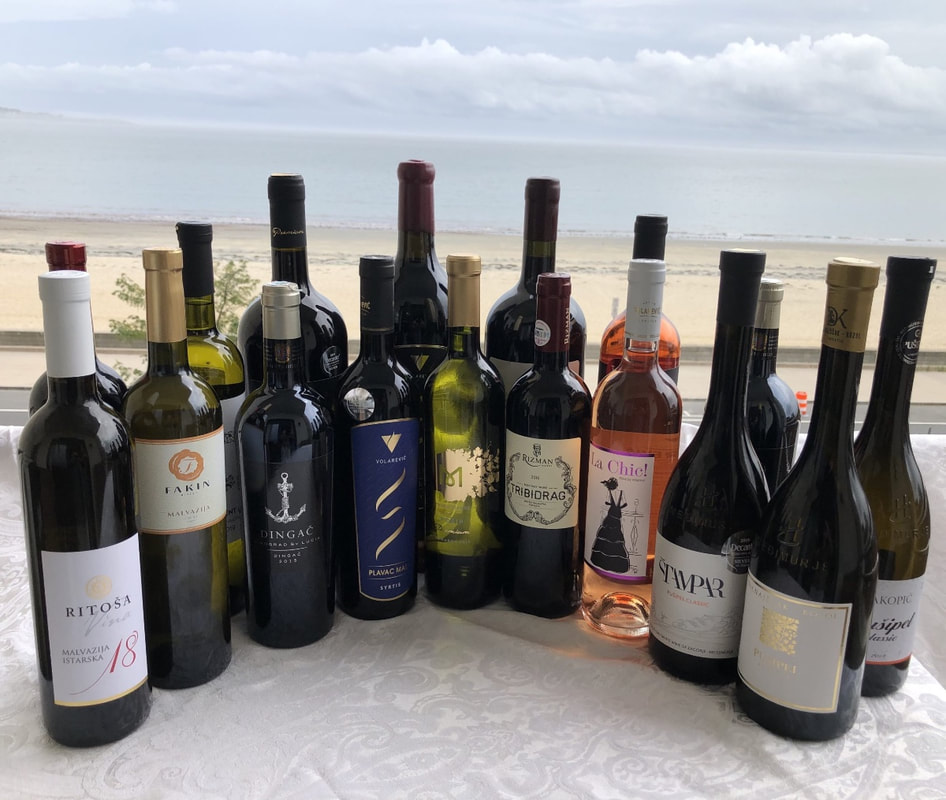
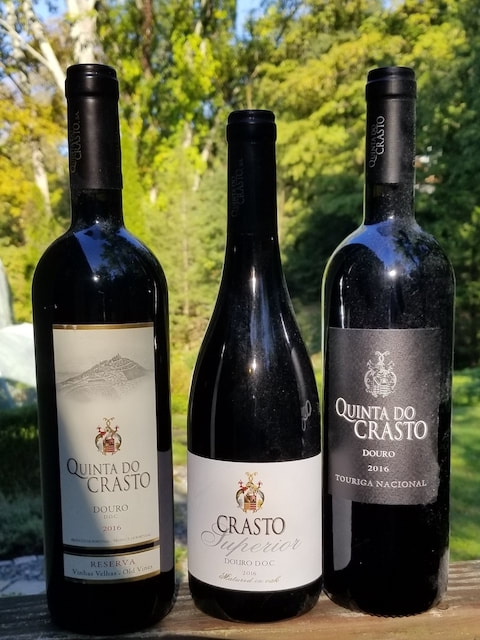
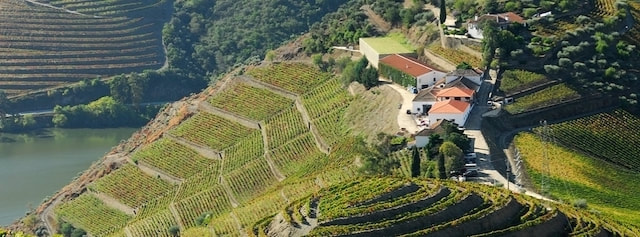
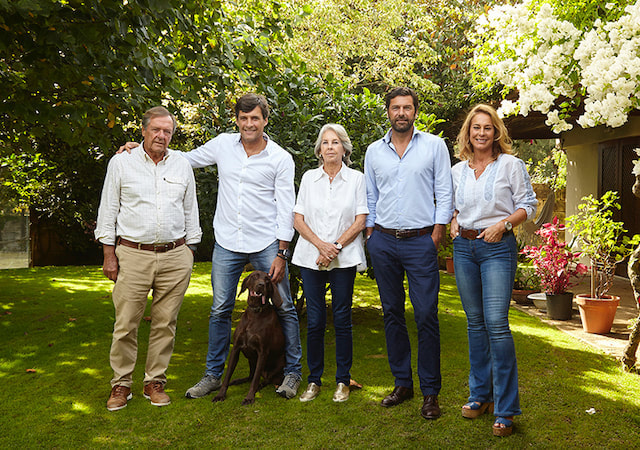
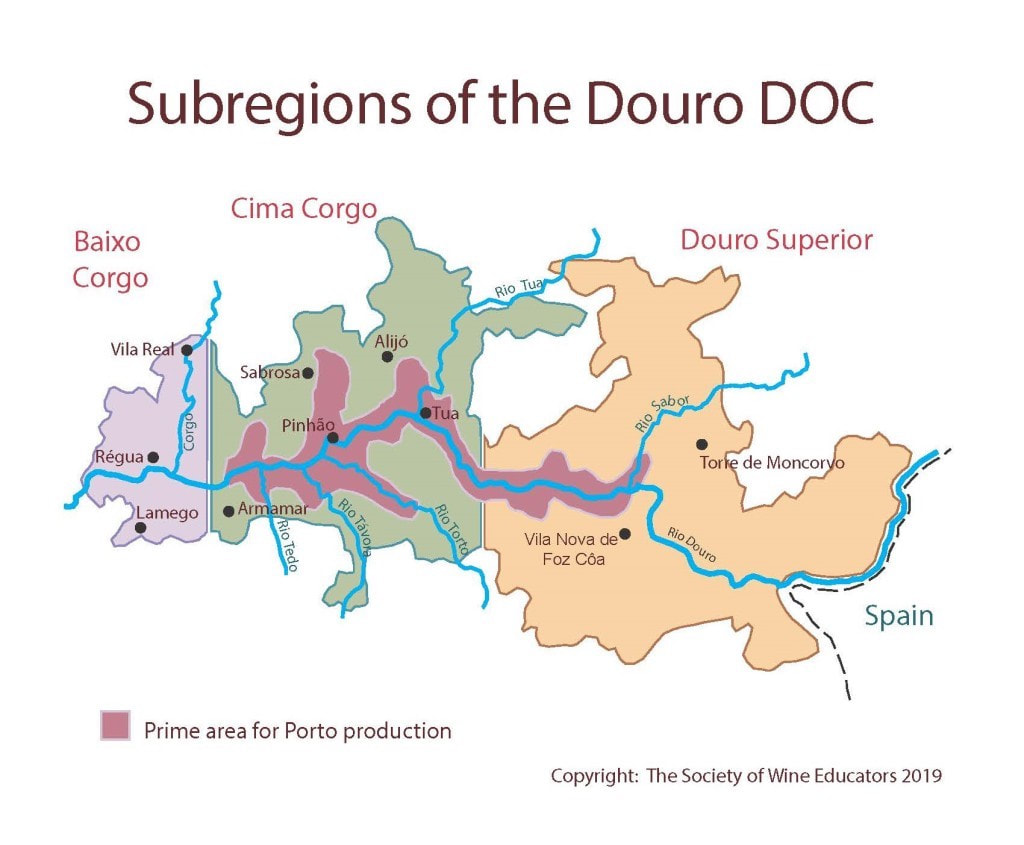
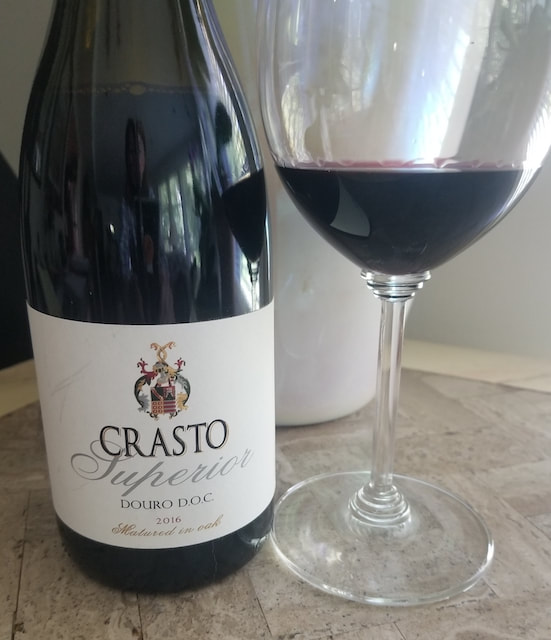
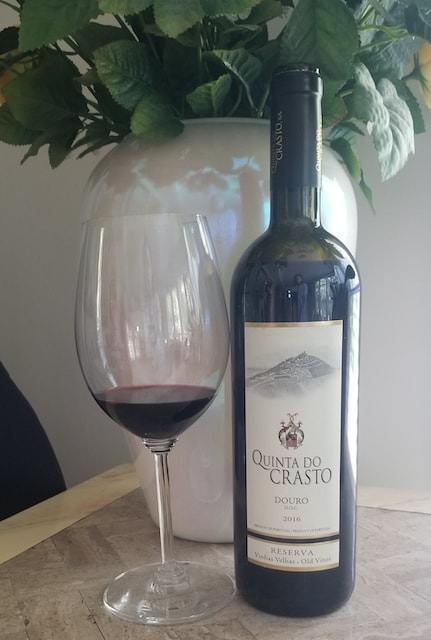
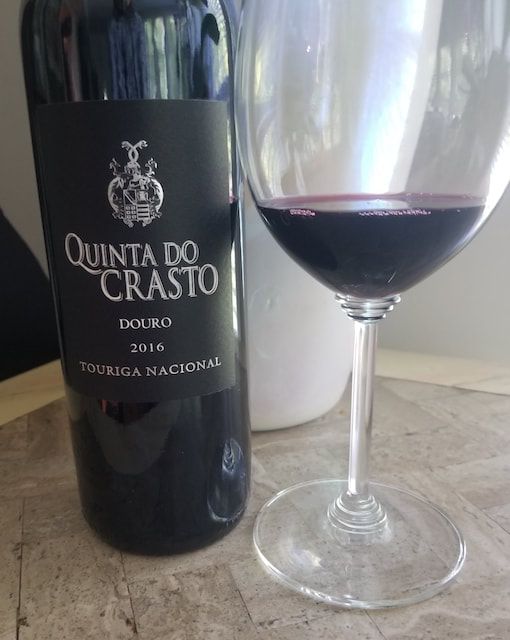
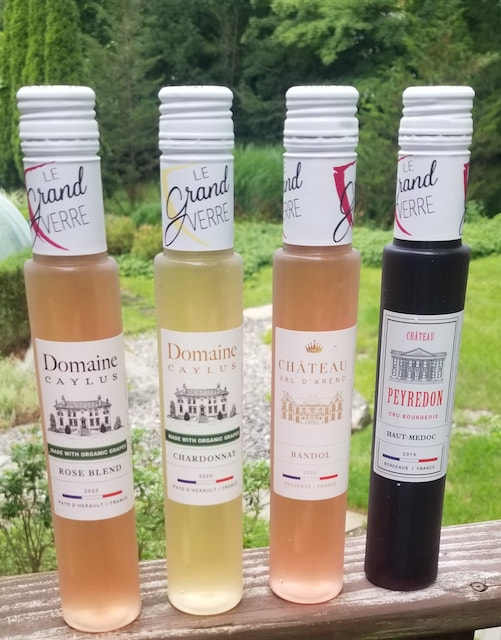
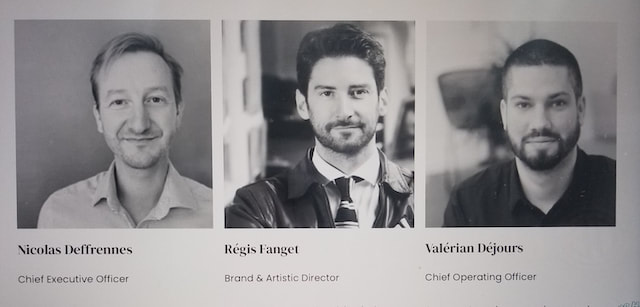
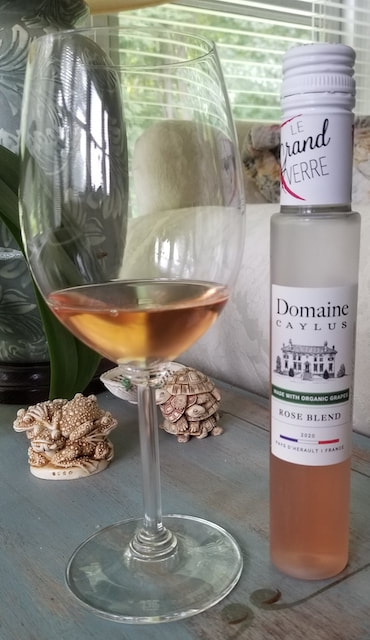
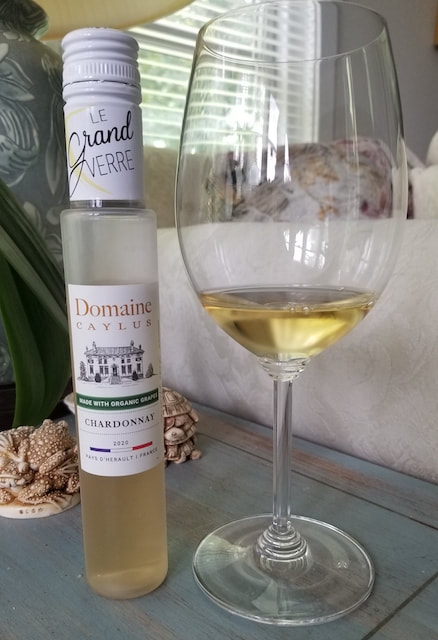
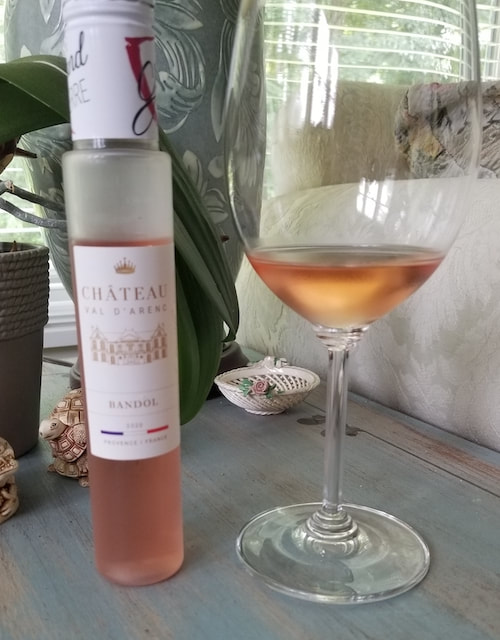
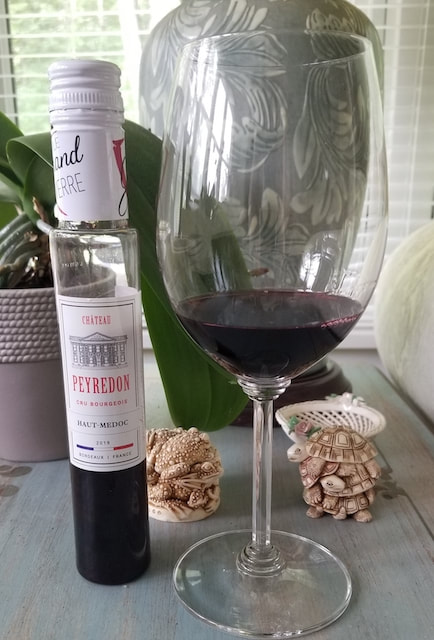
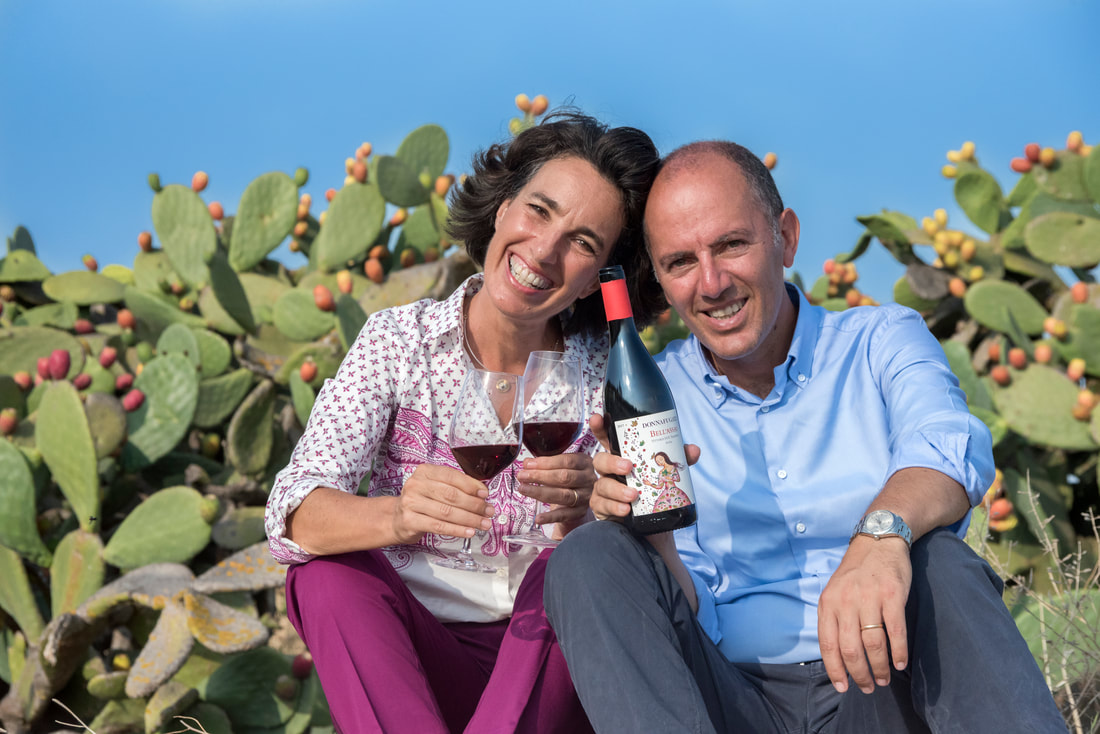
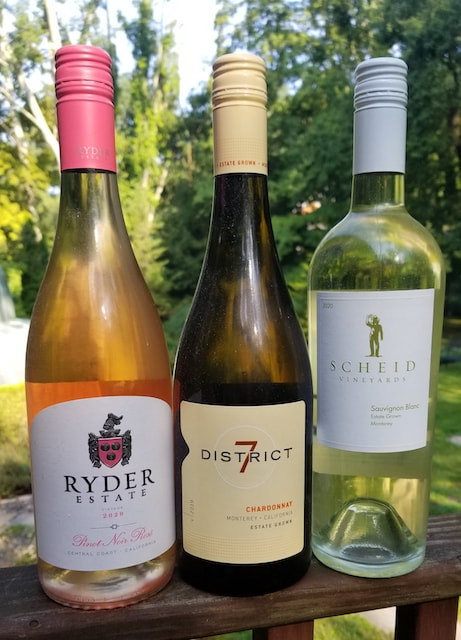
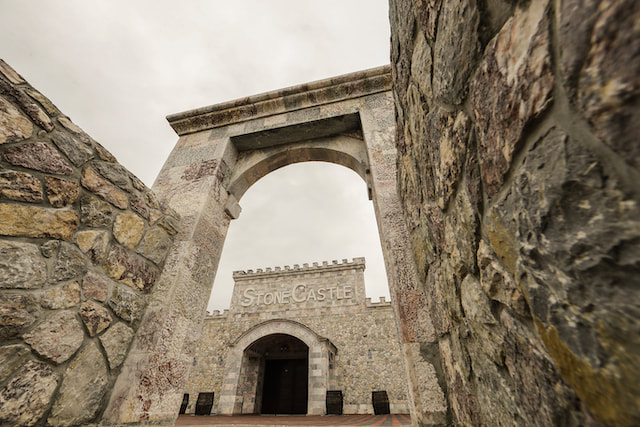
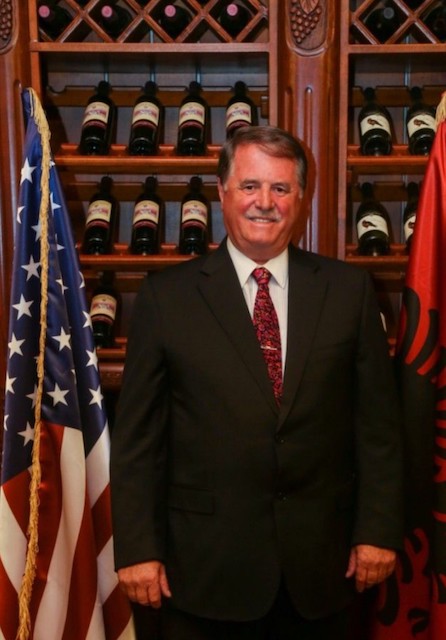
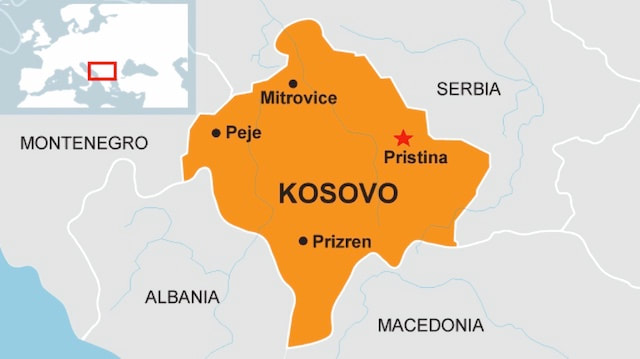
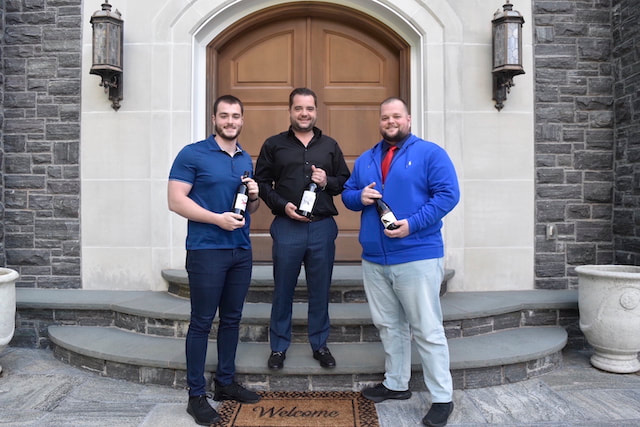
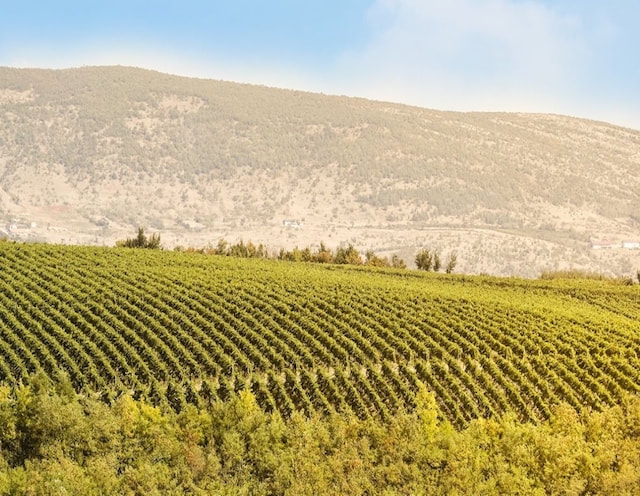
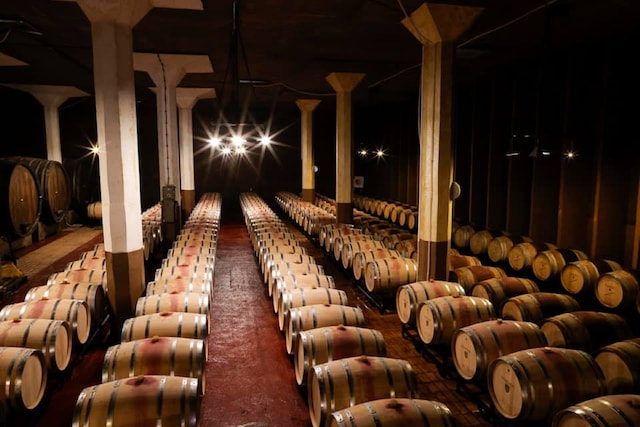
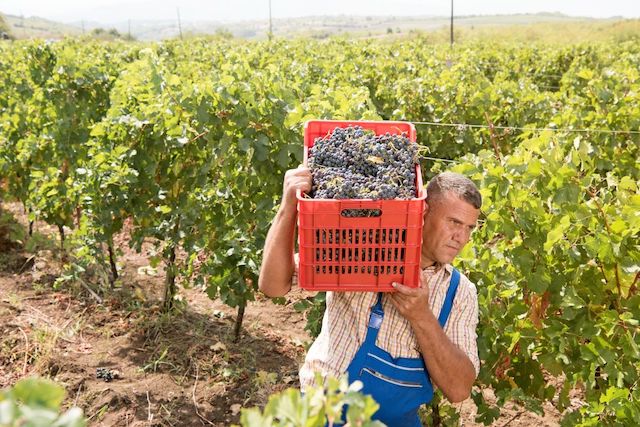
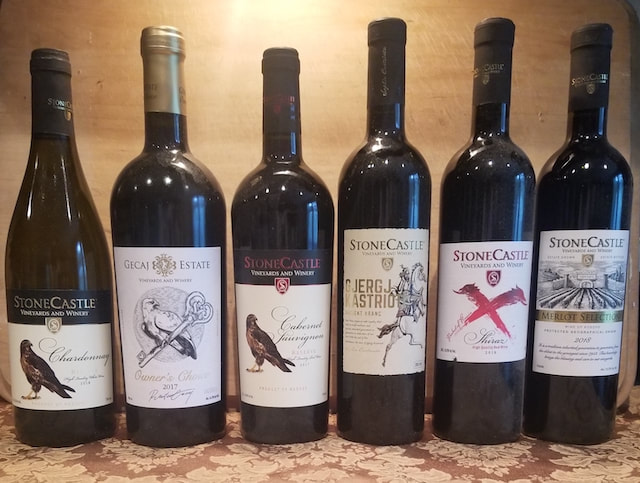
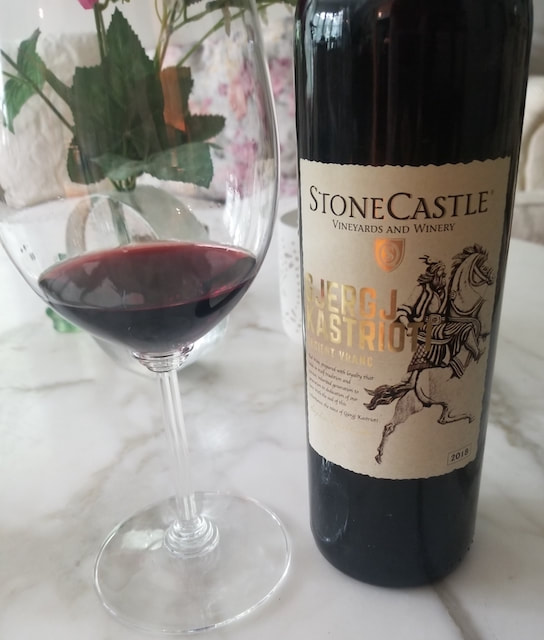
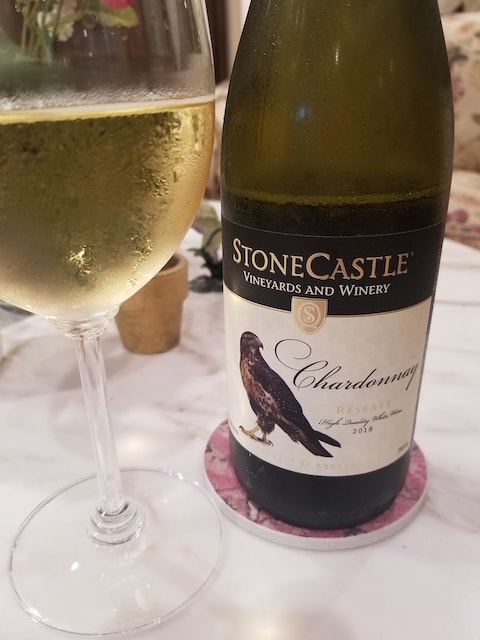
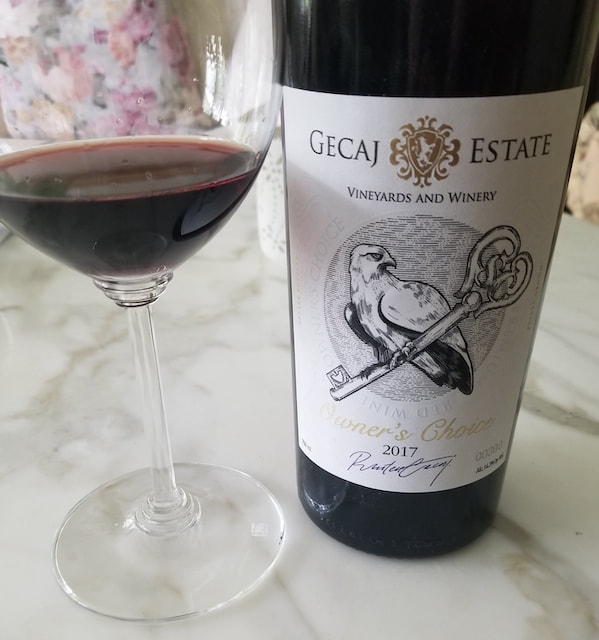
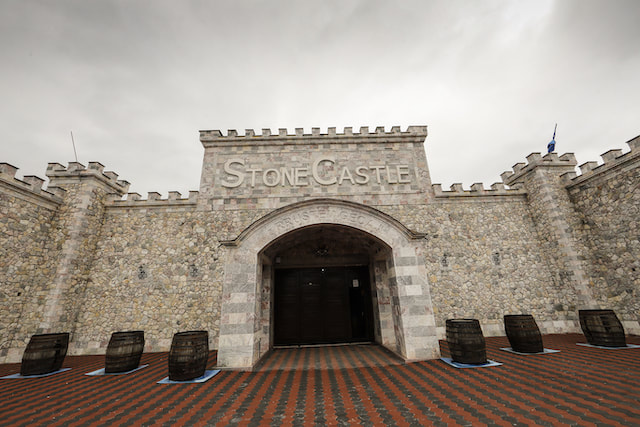
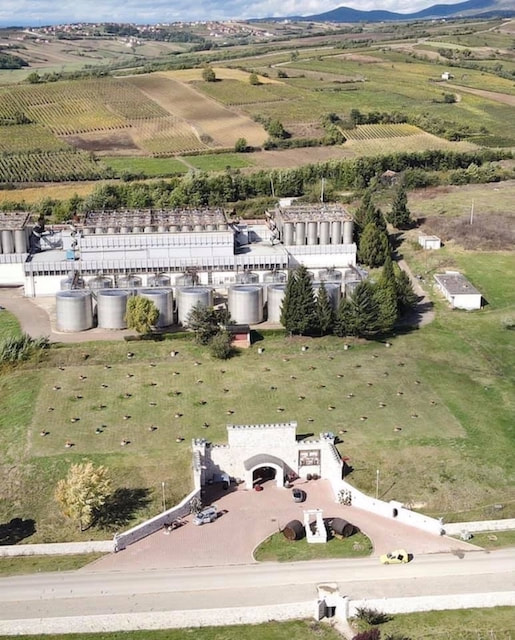
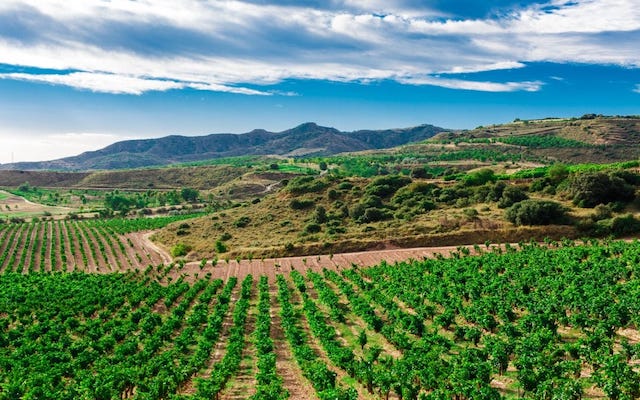
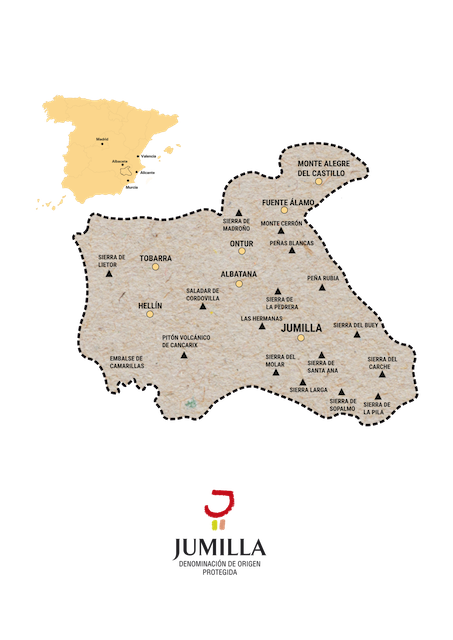
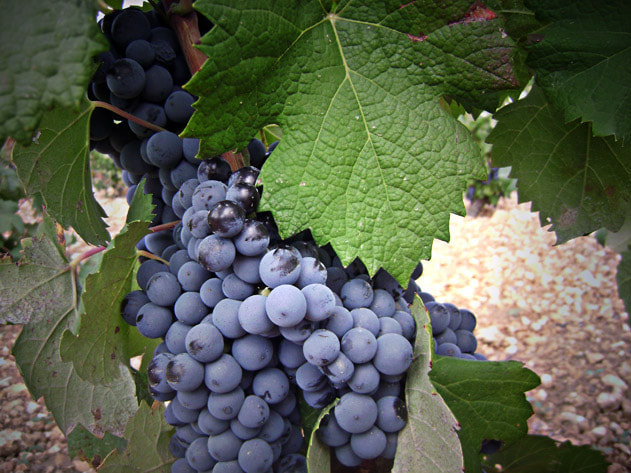
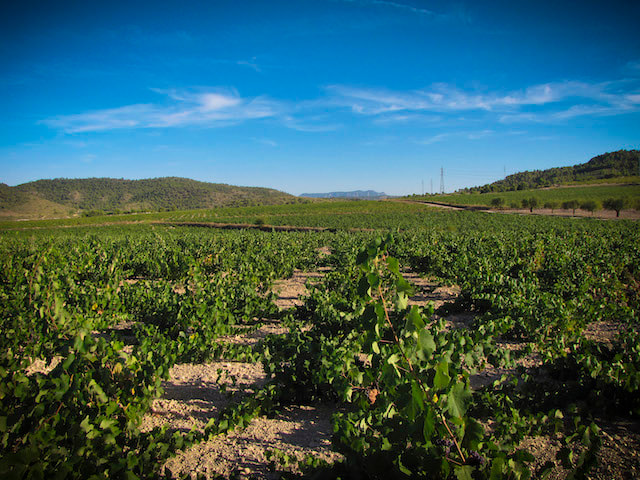
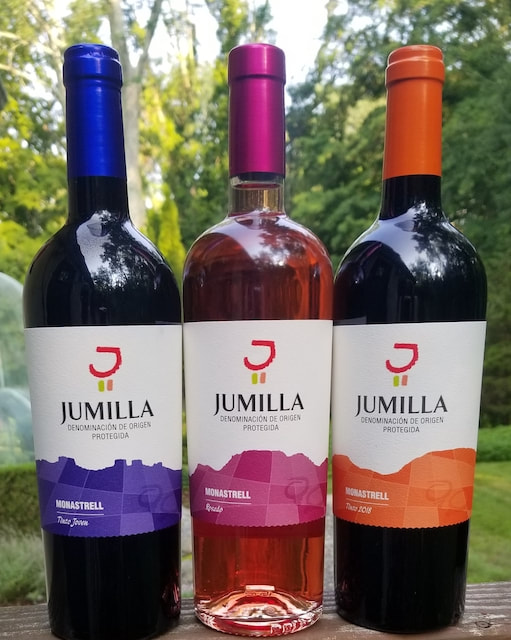
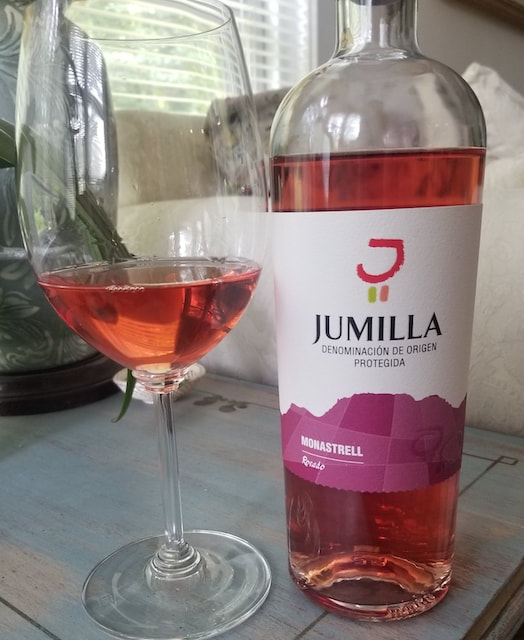
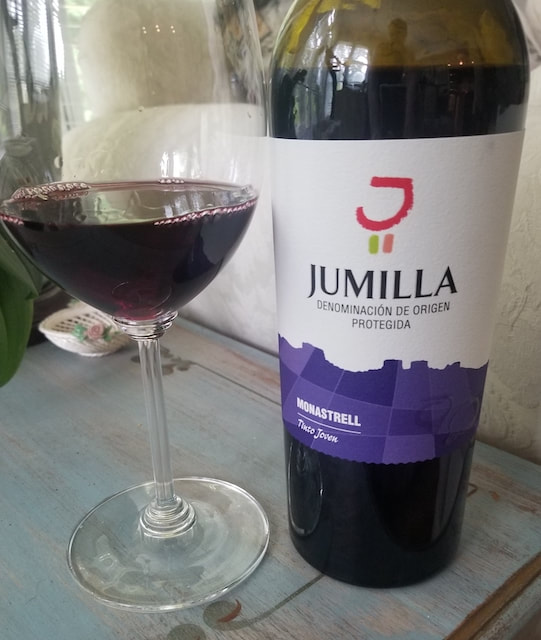
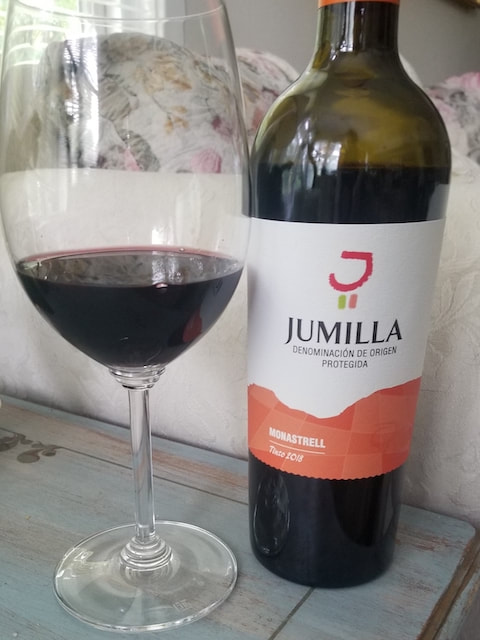
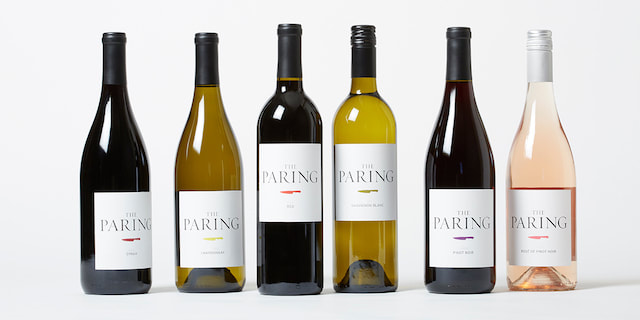
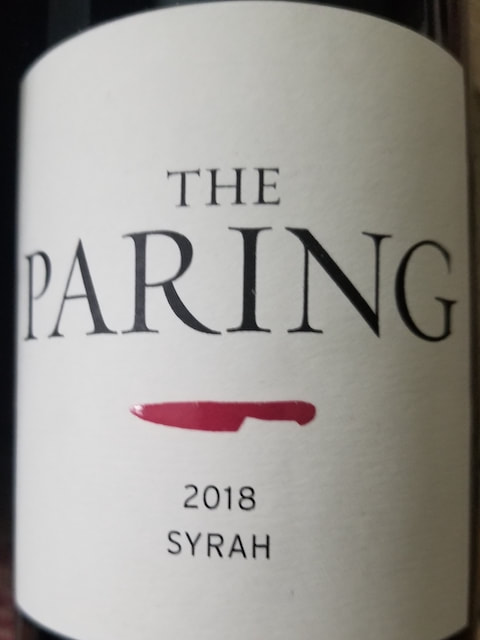
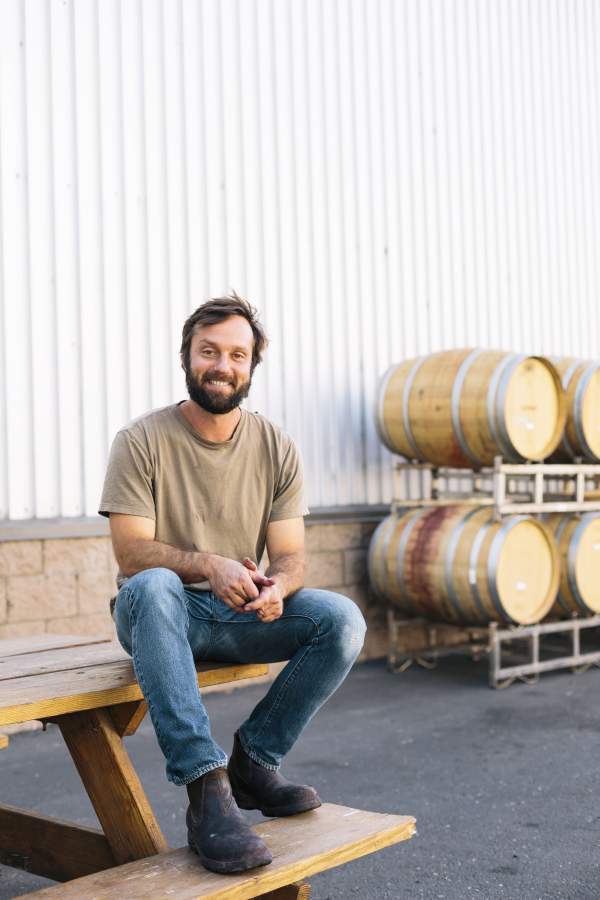
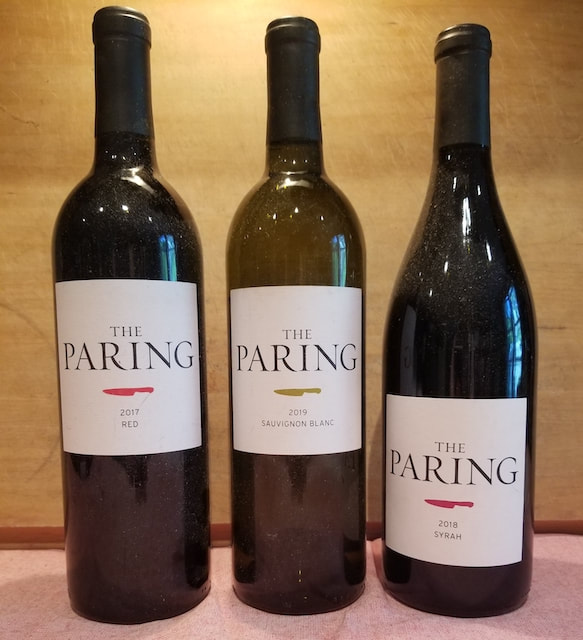
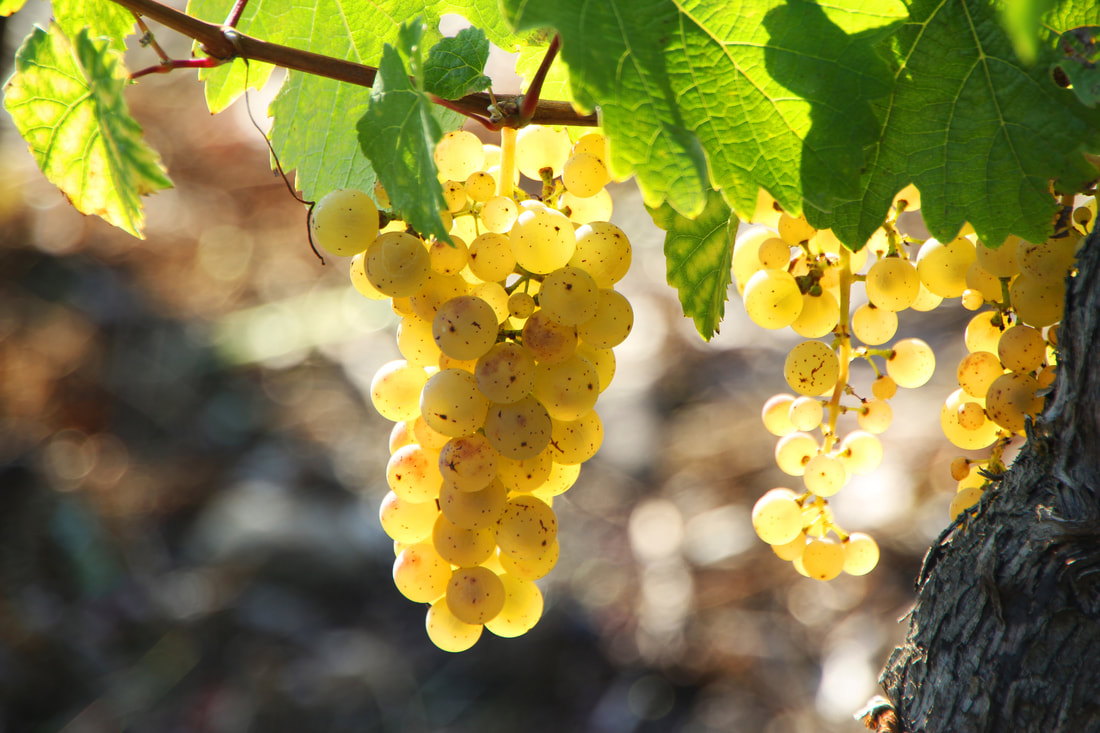
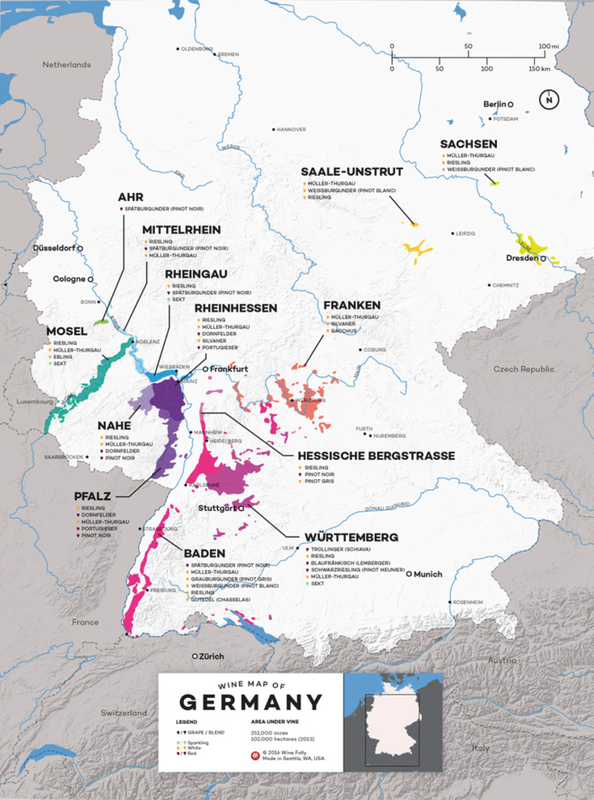
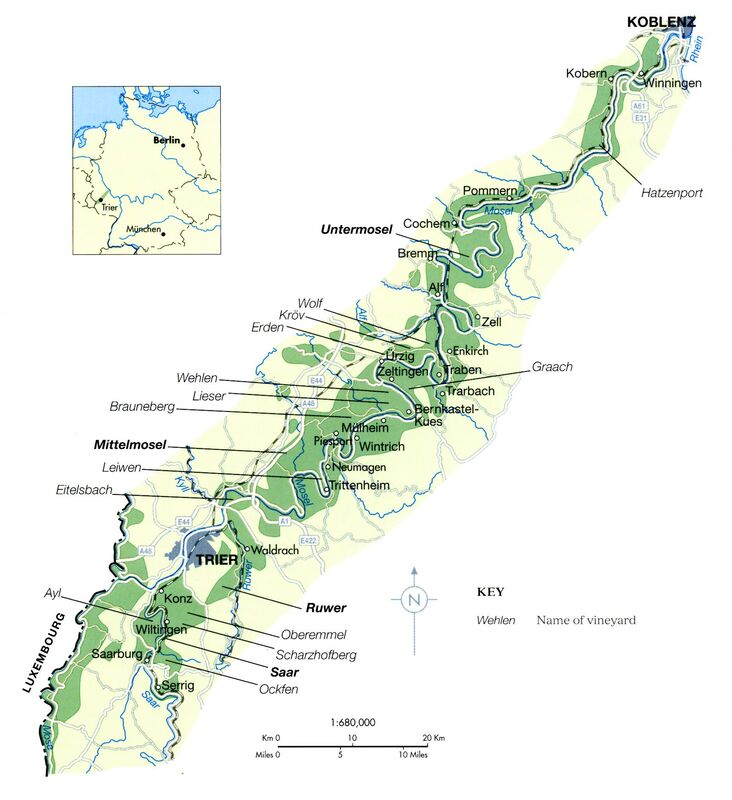
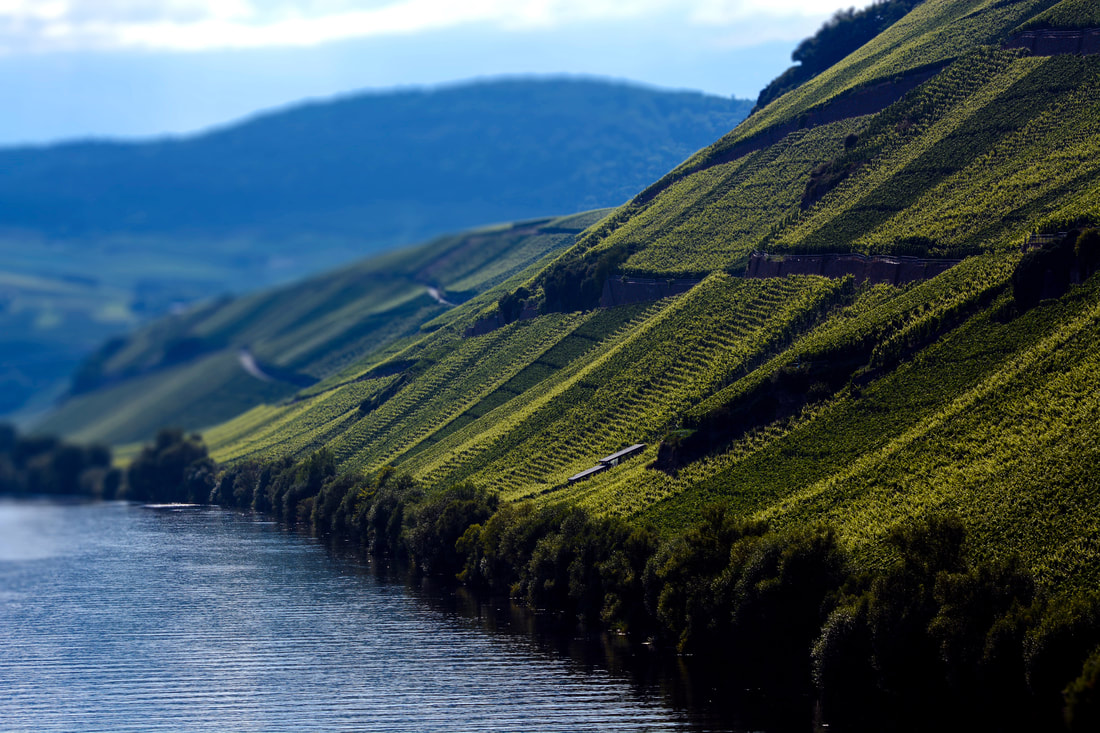
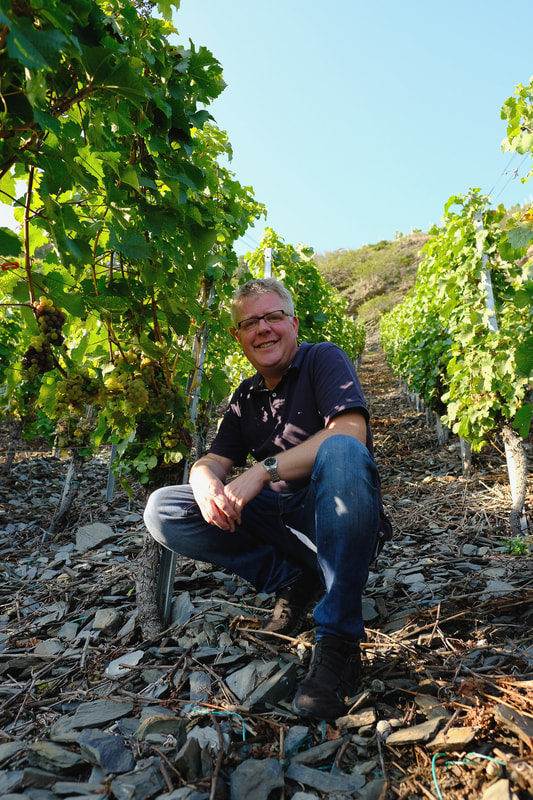
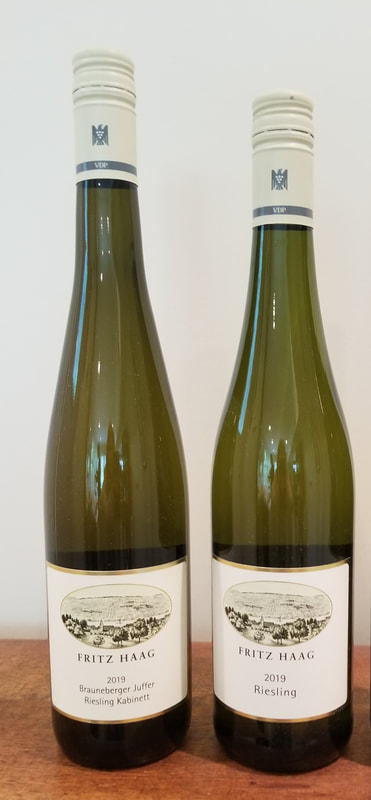
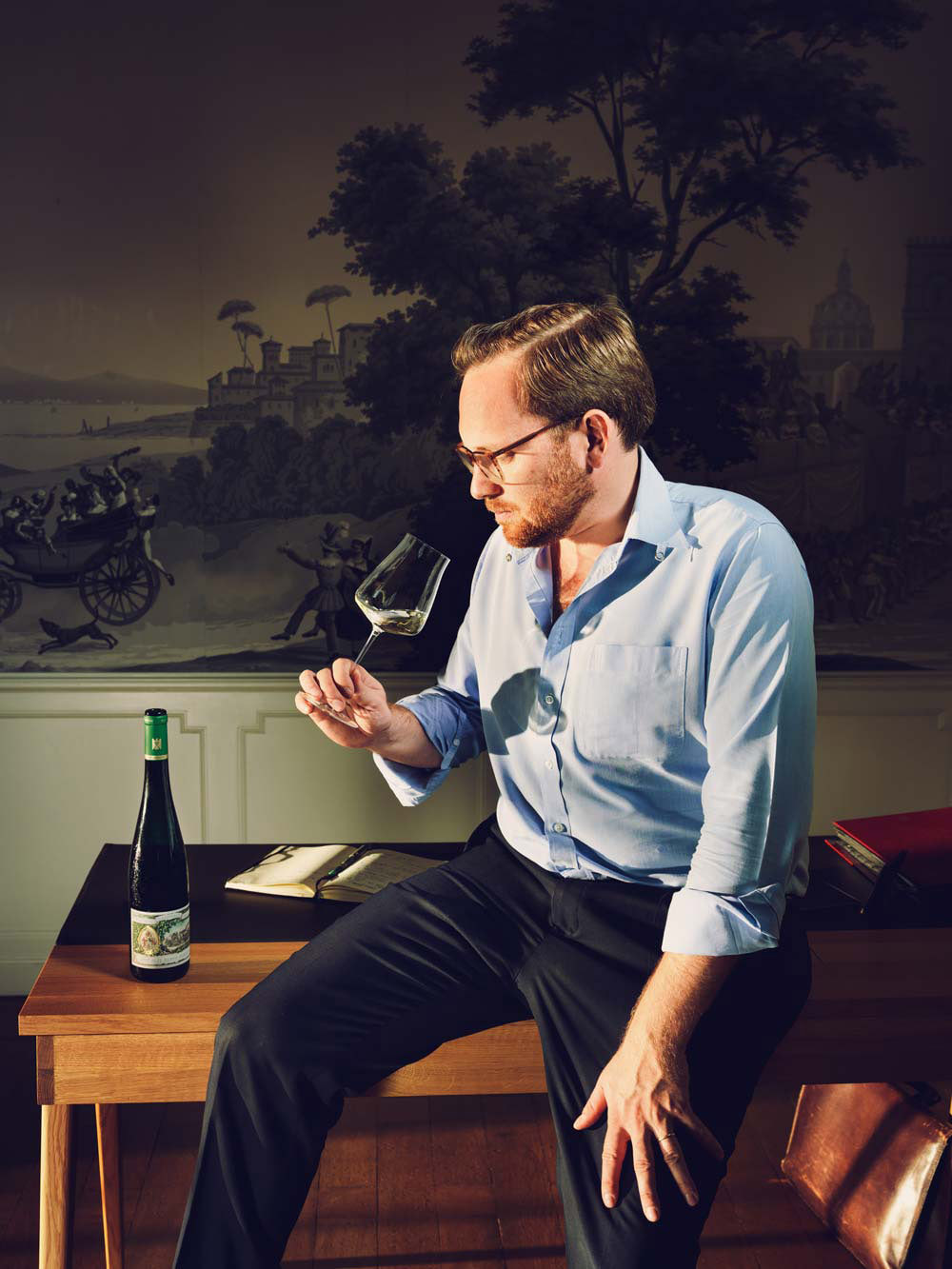
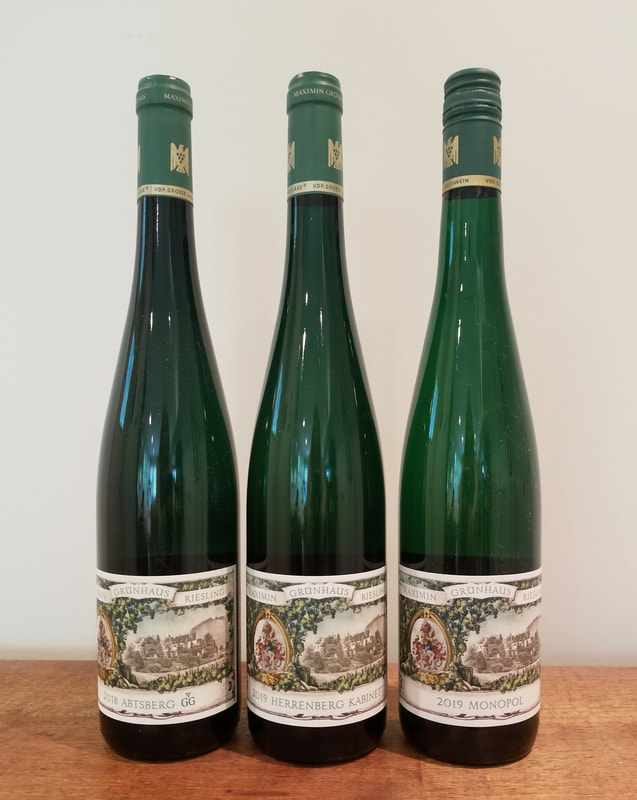
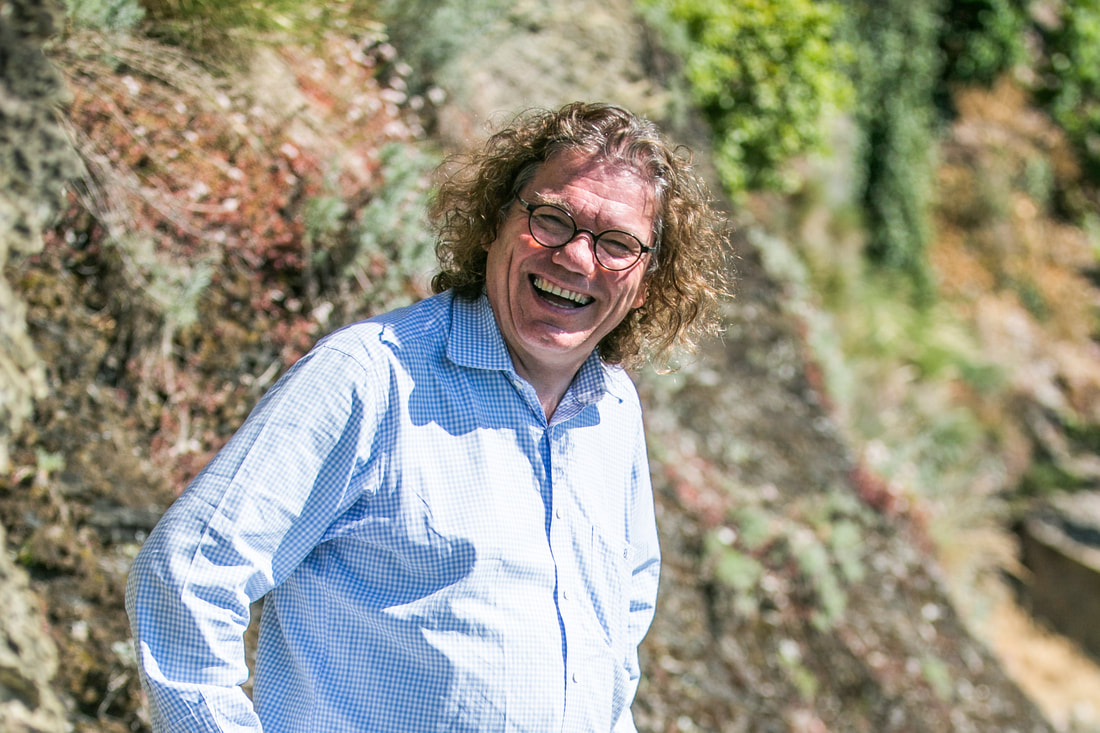
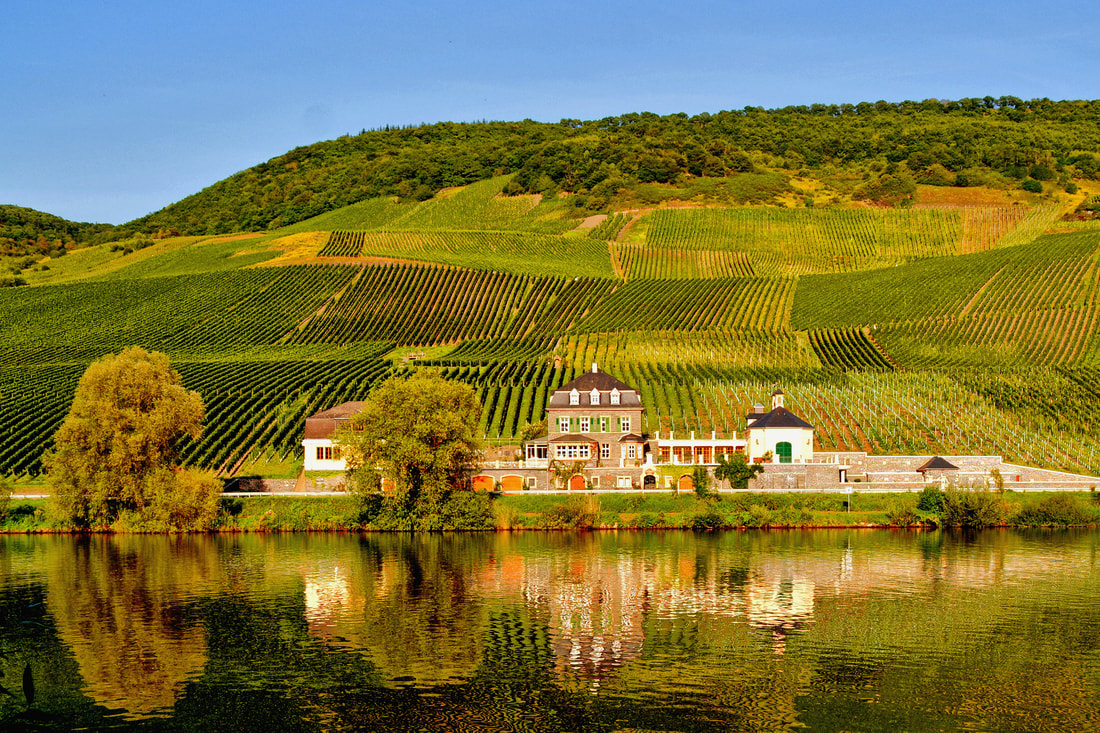
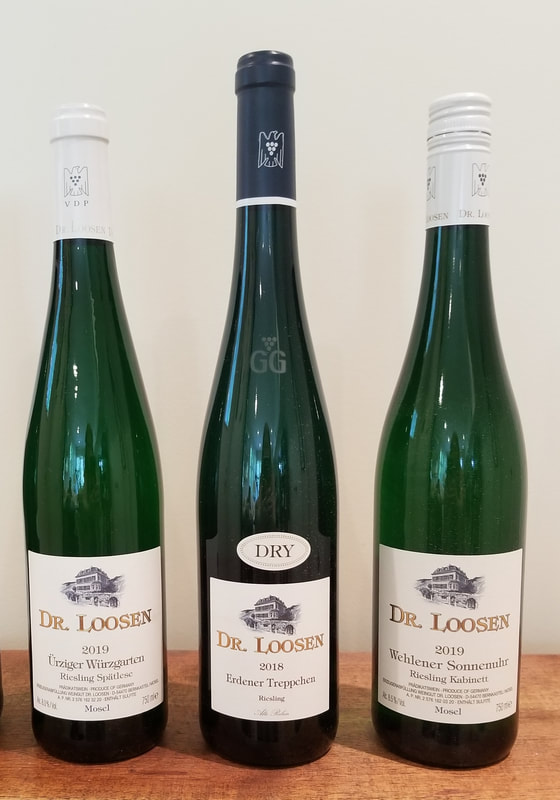
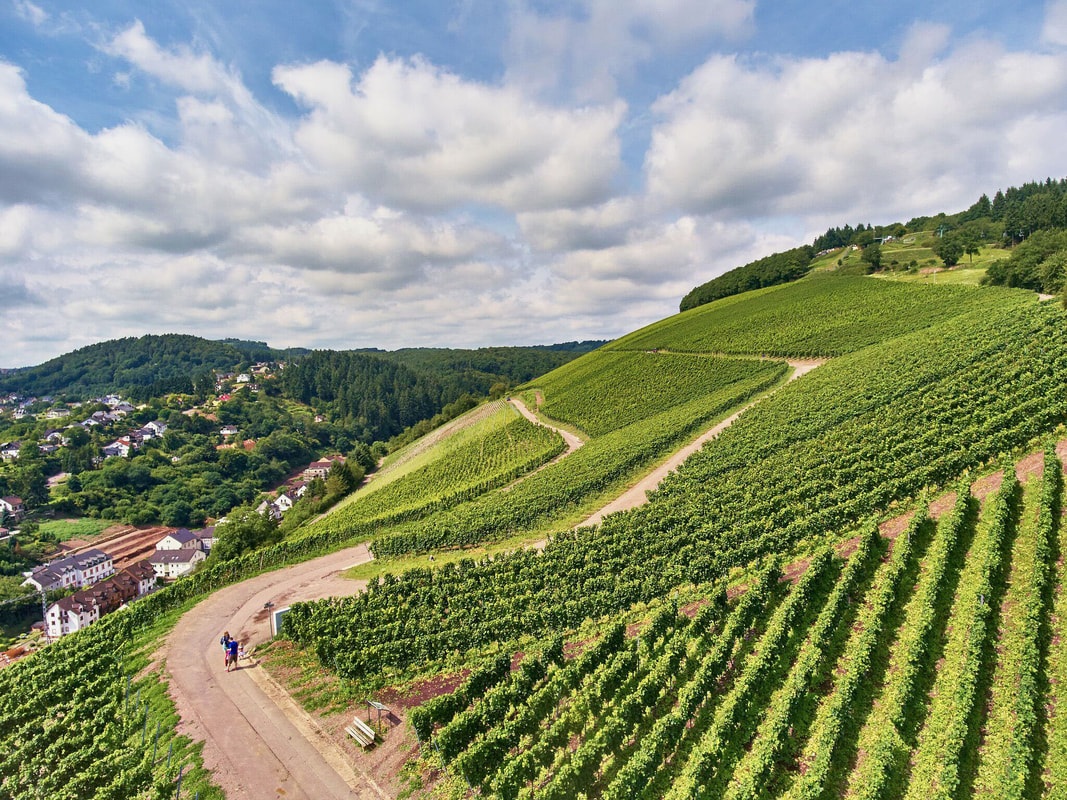
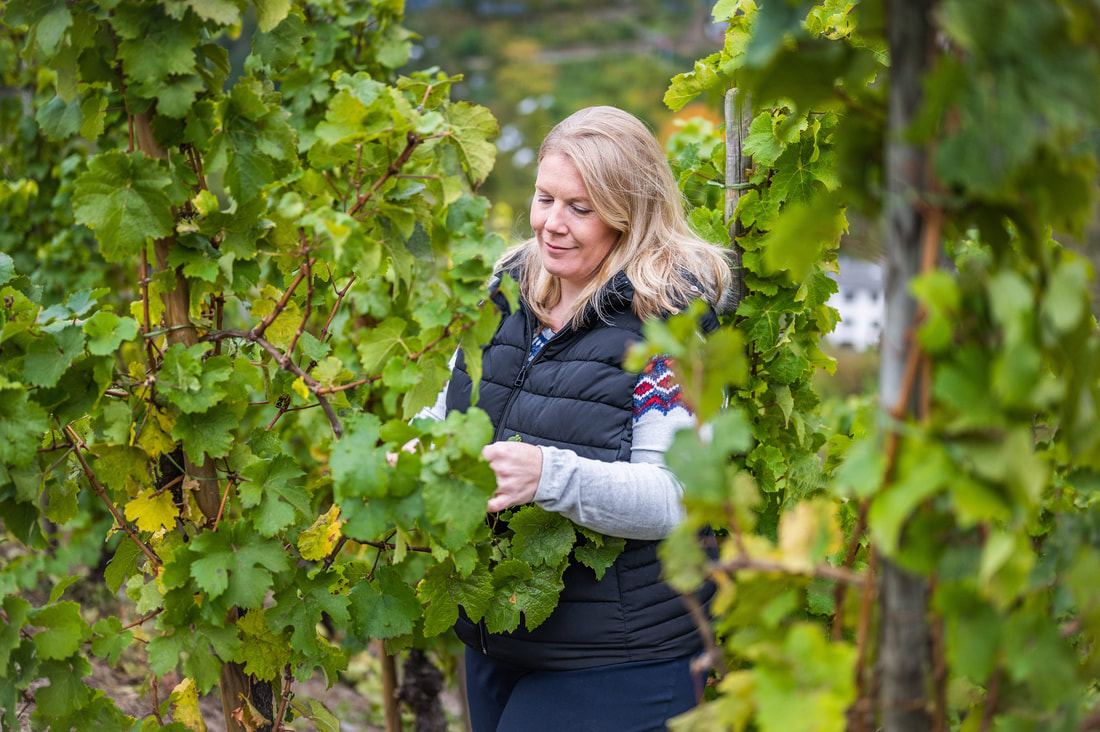
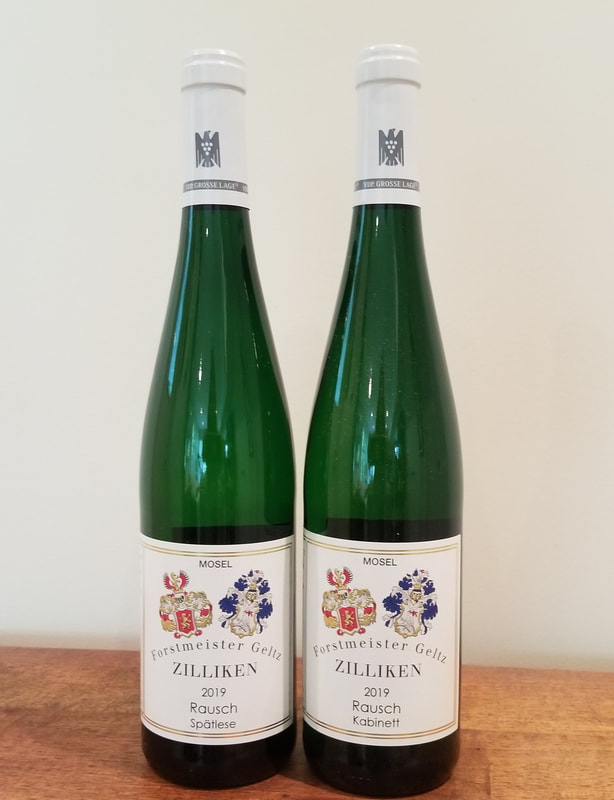
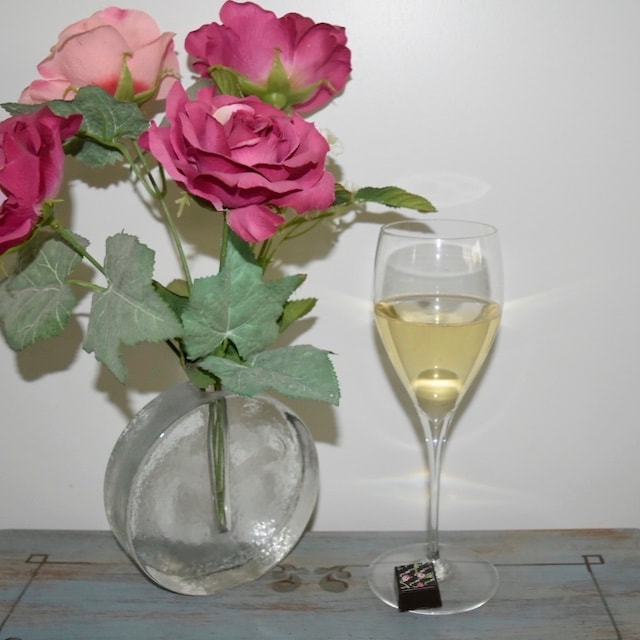
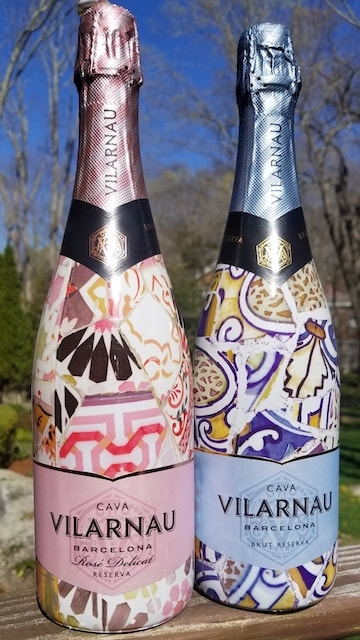
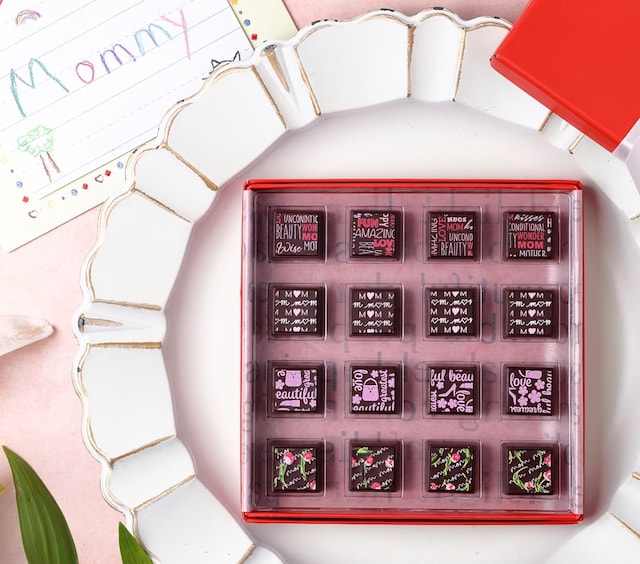
 RSS Feed
RSS Feed